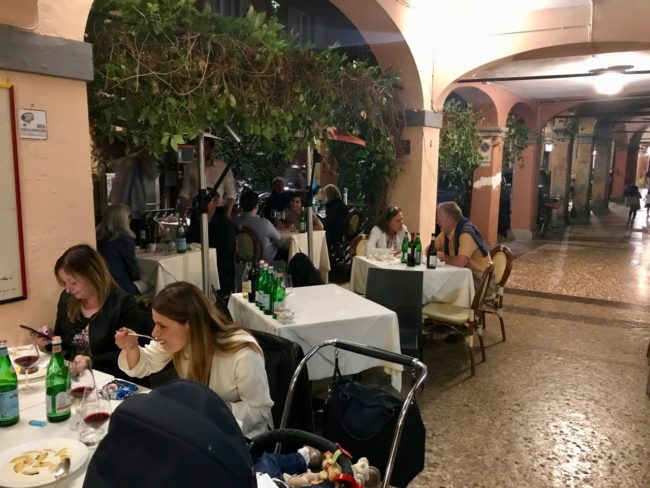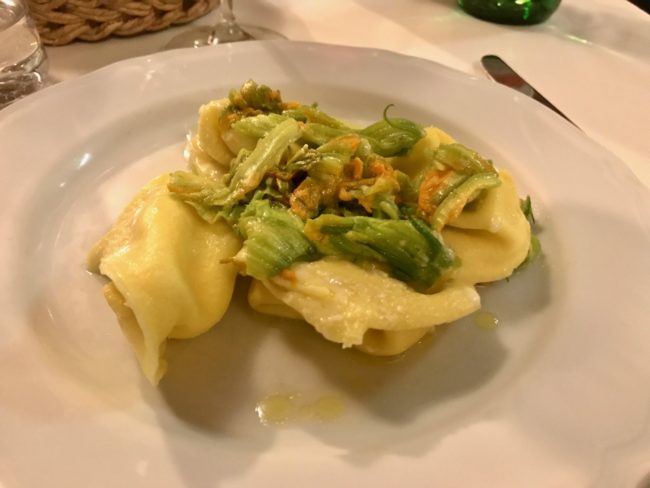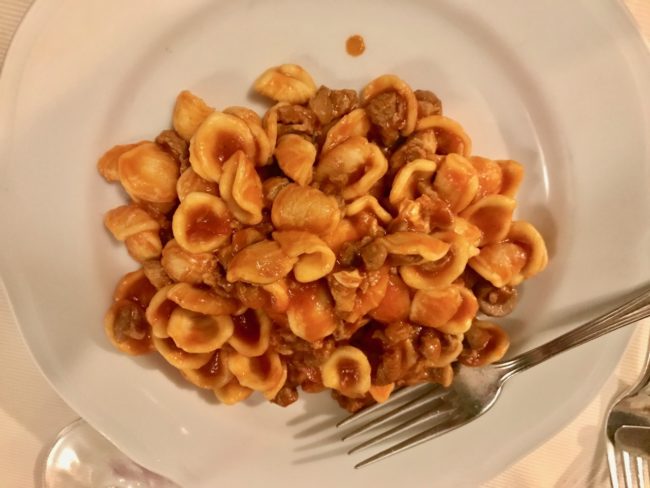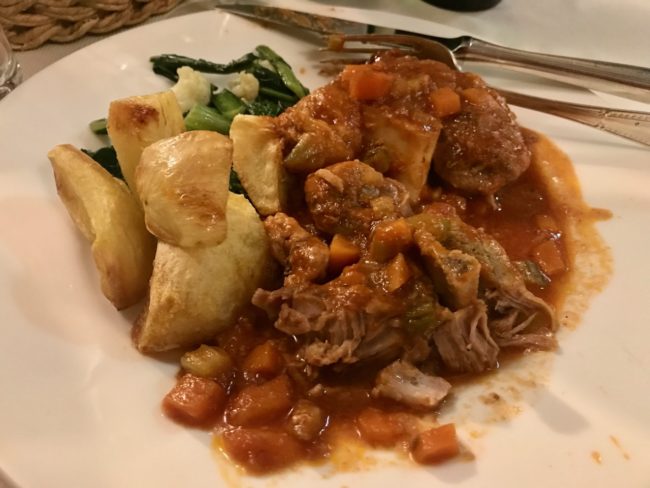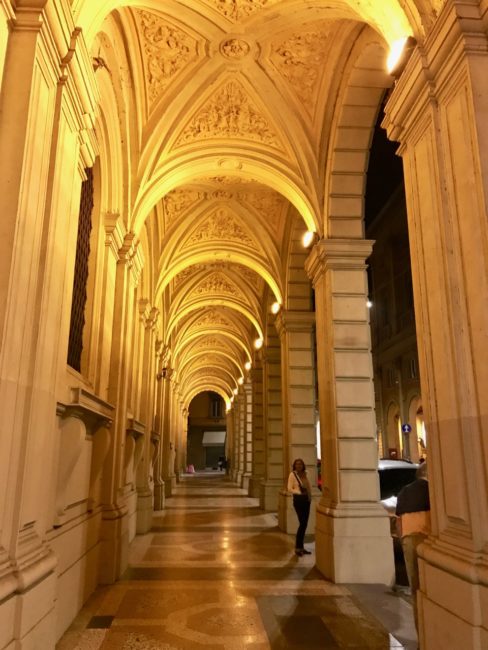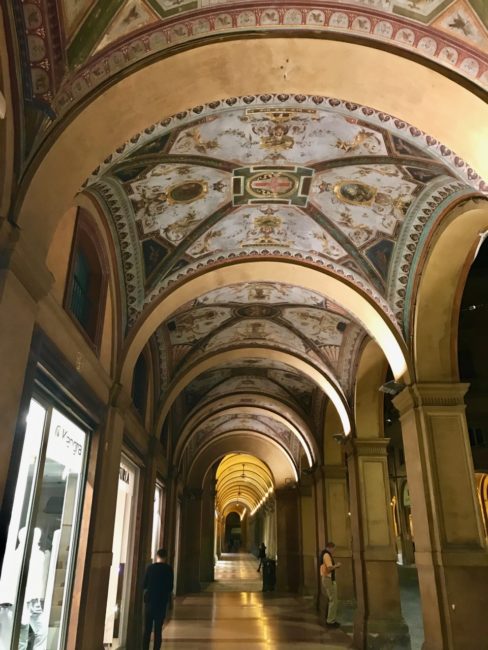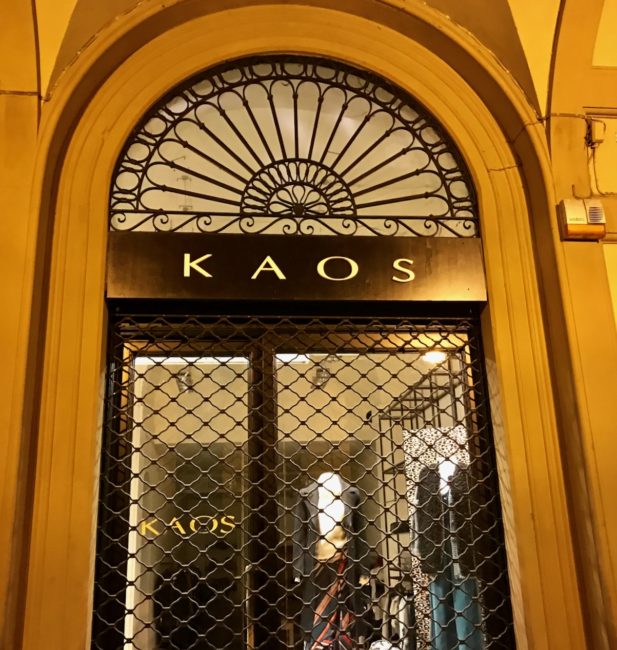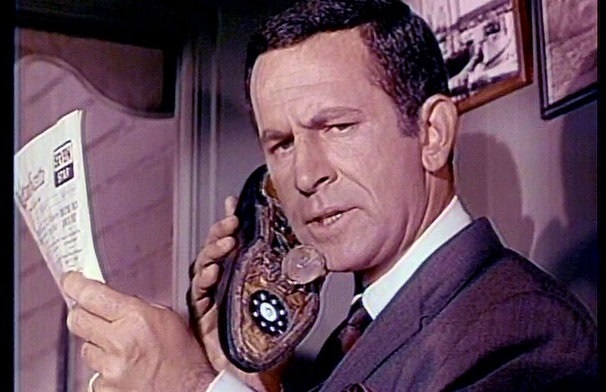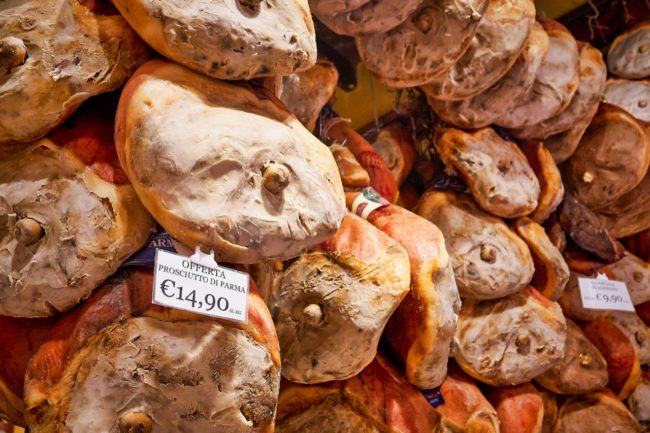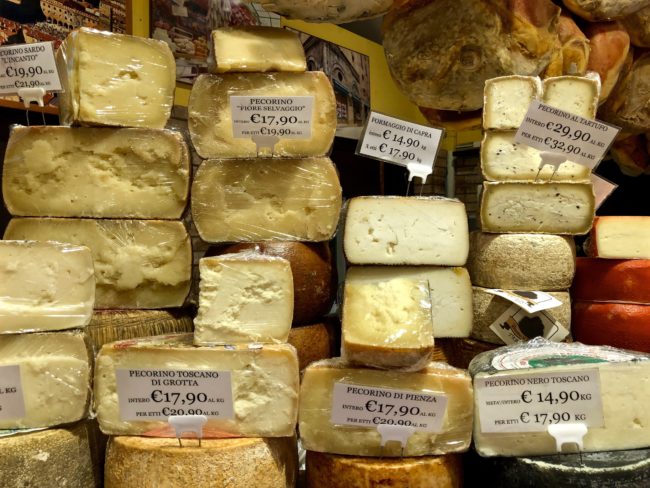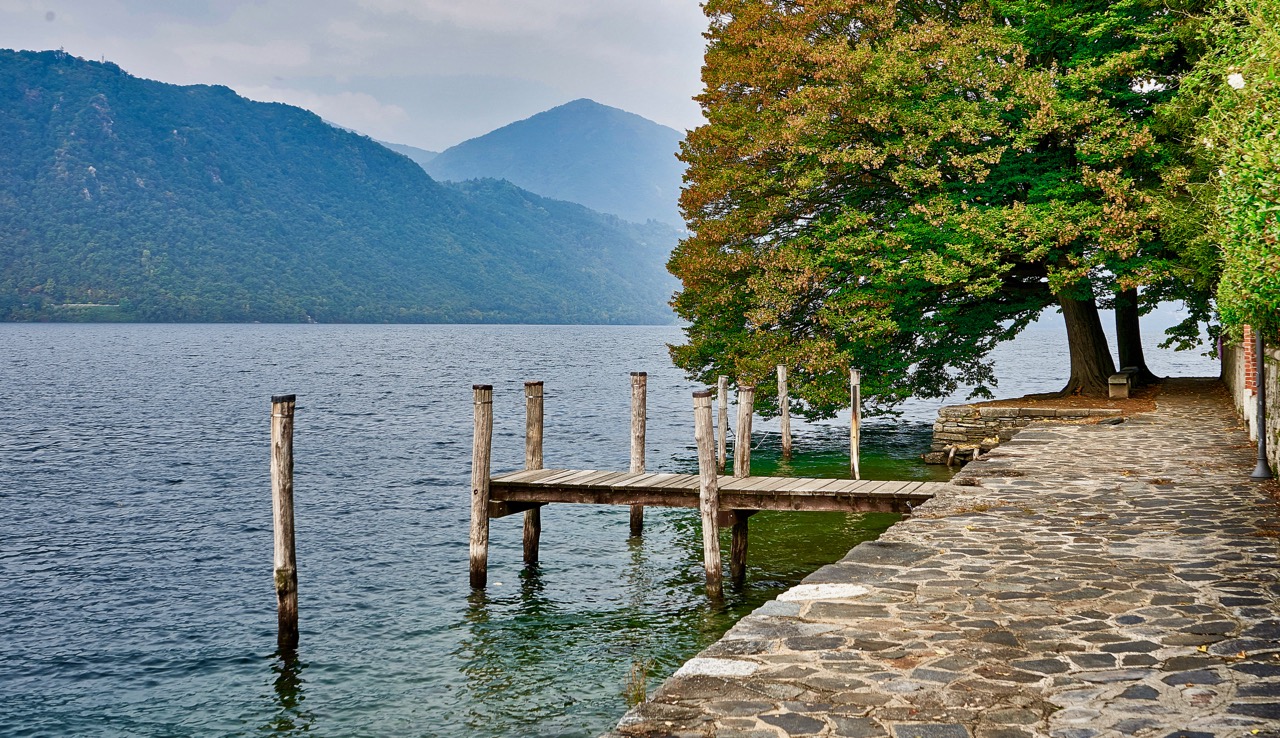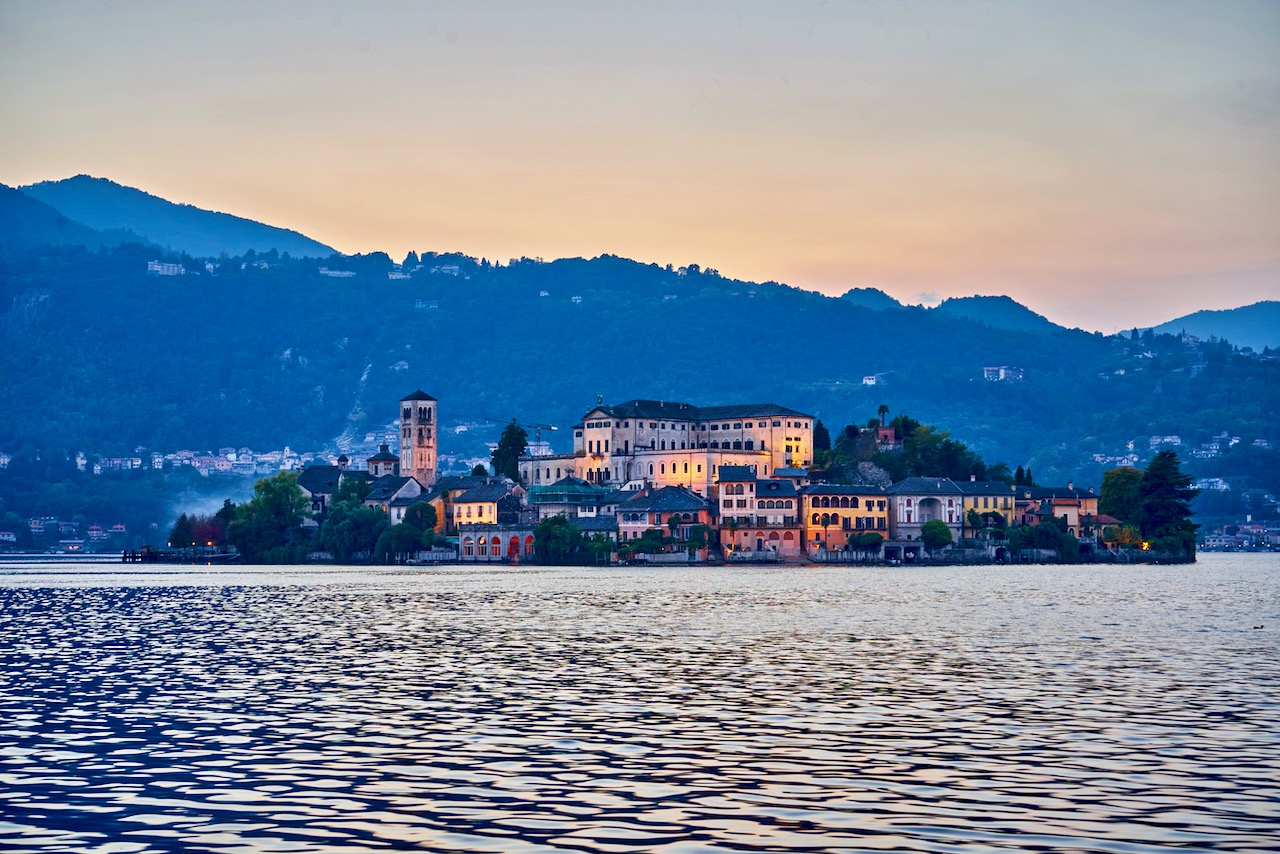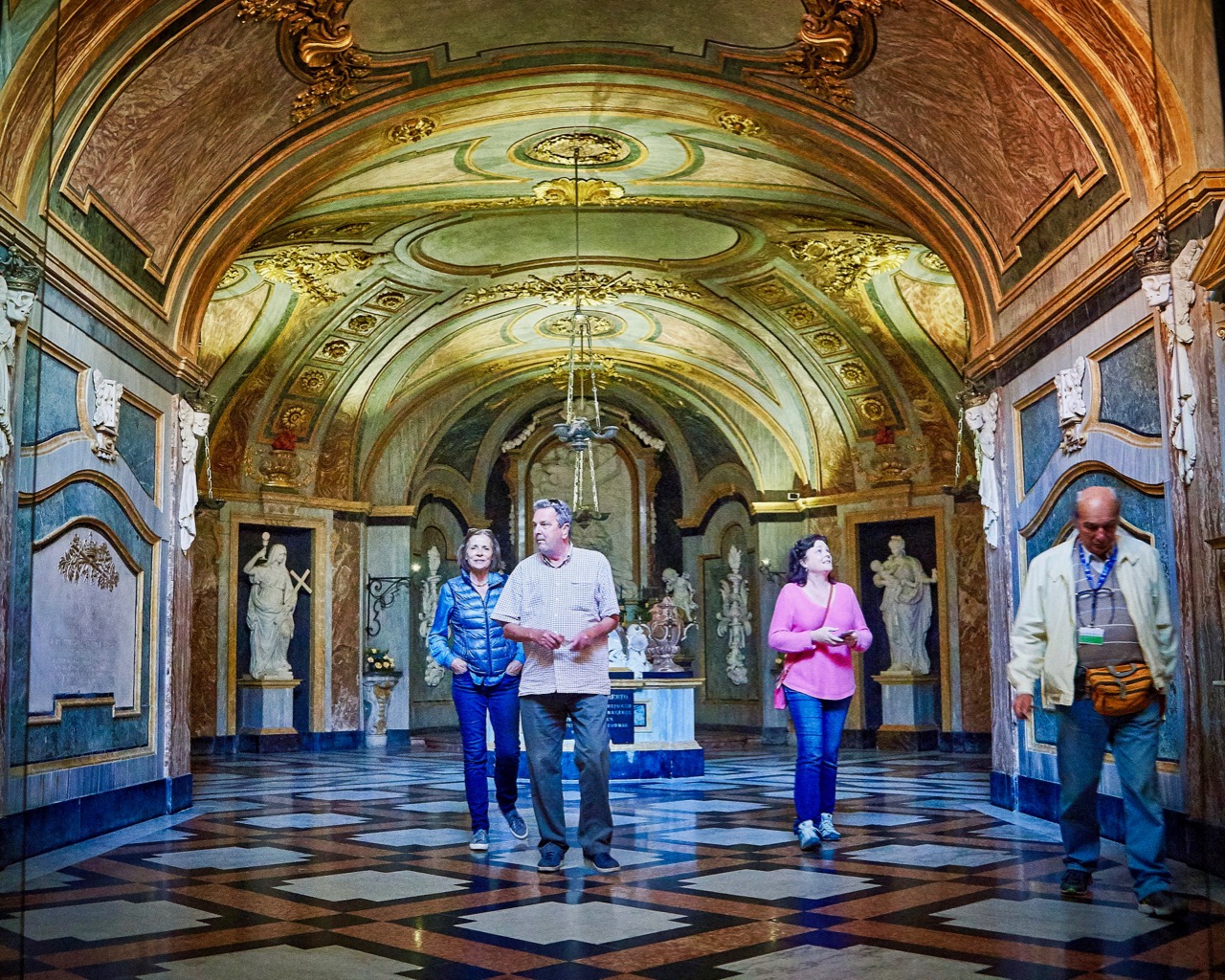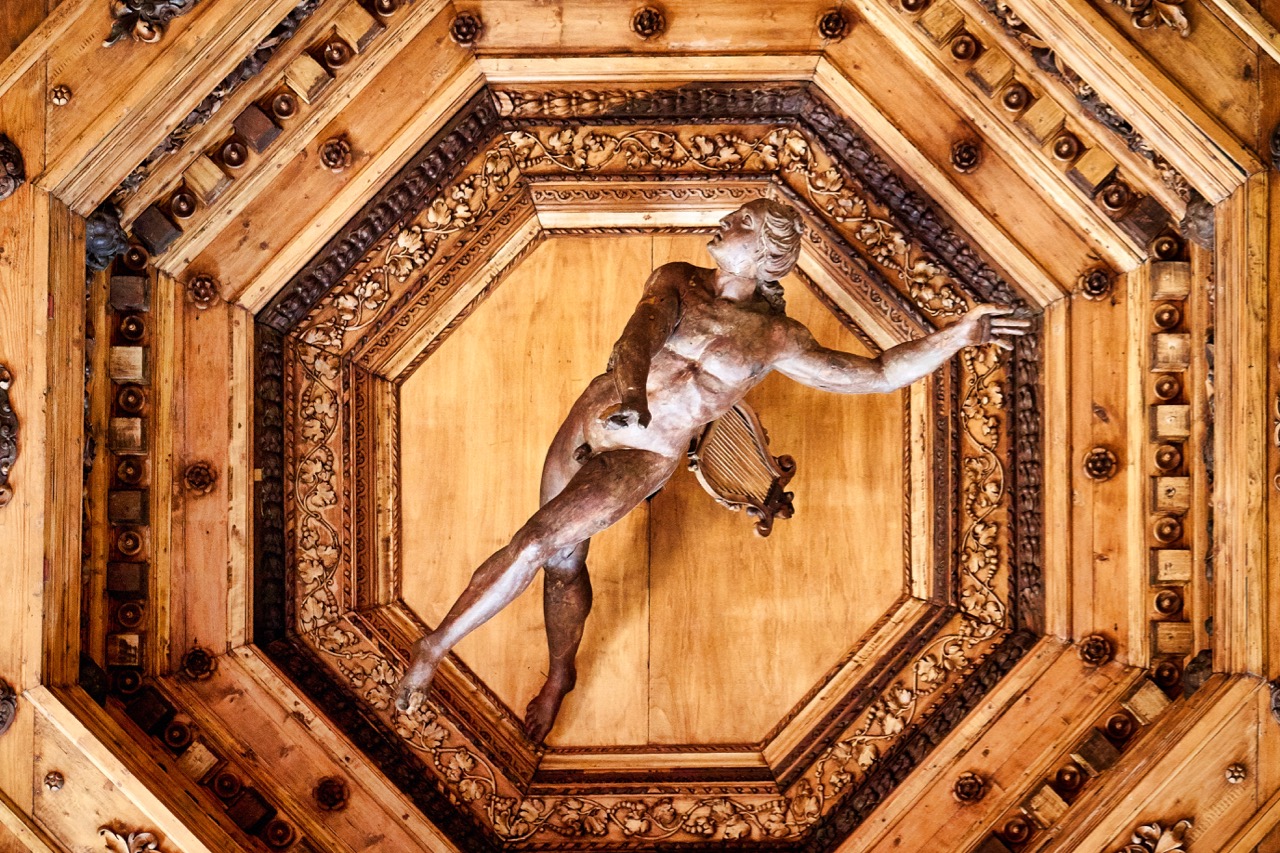
CHAPTER SIX: AN UNUSUAL DAY IN BOLOGNA
November 29, 2018
CHAPTER EIGHT: THE FOOLS ON THE HILL
December 11, 2018We Still Didn’t Drink All The Vino: Mai Tai Tom’s 2018 Return To Italy
CHAPTER SEVEN – PERAMBULATING PADOVA
Next: DAY SEVEN – This Station’s Not So Hard, Stabilizing The Microclimate, Giotto Cycle, Get Off Your High Horse, Churches And More Churches, Astronomical Timing, Did It Really Say No Photos?, The Sculptor’s House, Chill Out, Down For The Count (Part Due), Dinner At The Drug Store, Dining With A Unique Owner & Where’s Agent 86?
It was time to get out of town, albeit just for the day. Up very early, we hopped in the taxi Rocco had ordered for us, and in a few minutes were at Bologna Centrale for our 7:16 a.m. train ride to Padova, who some believe is the oldest city in Italy.
I had read some reports that Bologna’s train station is difficult to navigate. It isn’t. Signage was good, although the coffee wasn’t. Ninety minutes after we departed, we were in Padova.
It would be a straight shot from Padova’s train station to our first destination, the Giotto fresco-laden Cappella degli Scrovegni. We stopped by a hip coffee shop along the way, where we had some delicious pastries and croissants (don’t worry Walter, the croissants weren’t as good as yours).
We had a 10:30 entry time for the Cappella degli Scrovegni. However, since we were early we checked out the Archaeological Museum at Civic Museum Agli Eremitani. Artifacts go back to the eighth-century BC.
We hung out here for about 20 minutes before heading over to the Scrovegni Chapel. This place landed on my “must see” list after seeing a Rick Steves’ show on Padua that incorporated footage of this chapel. I booked my reservation long in advance to make sure we didn’t miss it (no same day reservations I was told).
Located in a little forest area,
… the Scrovegni Chapel allows only 25 people in at a time, and, similar to The Last Supper, you only have 15 minutes to stare in awe at the 14th-century frescoes by Giotto when you enter. We first watched a short movie about Cappella degli Scrovegni, which is the “time needed to stabilize the interior microclimate.”
Before entering the chapel, on the left is the Tomb of Enrico Scrovegni and other statues by Giovanni Pisano.
You talk about a “Wow” factor … entering the Cappella degli Scrovegni is just that. Giotto’s frescoes on the blue wall pop out larger than life, and the chapel is covered with them. They were painted between 1303 and 1305 and are remarkable to witness in person.
The panels depict the life of Christ and the Virgin Mary.
The Last Judgement once again reminded me of an El Bosco painting with “the damned” being dragged and thrown into Hell.
Also a tad weird is the depiction of “Envy,” one of the 14 monochrome allegories of Vices and Virtues. This allegory shows a female figure being bitten by a snake coming out of her mouth. She was not wearing a garter.
The 15 minutes goes by quickly. I’d suggest you book your tickets online well in advance of your visit.
If you are lucky enough to come here, one of the guides told Mary that early in the morning or late in the afternoon is the best time to view the room, as the sun shines through the windows and glints off the golden halos.
Nearby the chapel is the Chiesa deli Erememitani, where one of Padova’s worst tragedies occurred. In March 1944 the church was completely destroyed by Allied bombs because of its close proximity to German headquarters. Many consider this event as Italy’s most prolific artistic wartime loss.
Amazingly it has been restored and looks similar to when it was originally constructed.
The biggest loss were the frescoes of Andrea Mantegna. Only a corner of the Ovetari Chapel has any remnants of them. There was still enough to see to make this church a worthwhile stop.
The Madonna with the Child (below left) was sculpted by Bonino da Campioneon and is above the tomb of Umberto da Carrara.
We walked for a while before I took a photo of what I thought was the Palazzo della Ragione. It was actually the Palazzo Moroni, which Tracy said could be named after me. Luckily, I don’t speak Italian.
By now Padova was rocking with people as we entered the center of town and the Piazza delle Erbe. Market stalls were cranking, and the energy was electric. Yes, we had hit Saturday market day. In front of us stood the actual Palazzo della Ragione (who’s the Moroni now?), constructed in the 13th century and enlarged in the 14th century.
Upstairs, we entered il Salone, which just so happens to be one of the largest medieval halls in the world.
The magnificent floor to ceiling frescoes “represent the influxes of stars on men’s activities and life.” I was confused because I didn’t see a fresco of Tom Hanks. This happens to be “one of the very few complete zodiac cycles to survive until modern times.”
The frescoes are so beautiful that at first I didn’t notice a huge horse standing proudly in the hall.
A horse is a horse, of course, of course, but this horse took a steady course.
This gigantic wooden equine was the work of Donatello. The original (with a guy riding it) is located on the Piazza del Santo. We were happy this one had found a stable environment, and it was met with unbridled enthusiasm by those who passed by.
Palazzo della Ragione’s roof is also interesting. It resembles an upside down hull of a ship. The palace was once the seat of Padova’s government.
Starving, we wanted to have lunch at the famed Caffè Pedrocchi, one of Padova’s historical landmarks. It opened in 1831, and at the time boasted it was the largest cafe in the world. Unfortunately, everyone else in Padova wanted to eat there, too.
Instead we walked to see what some call “the oldest clock in the world.” In between the Palazzo dei Camerlenghi and the Palazzo del Capitanio is the 15th-century astronomical clock. It replaced one from the 1300s that was destroyed. The clock not only marks hours and minutes, but also the month, day and the phases of the moon.
By now, our appetite was astronomical. But unfortunately our lunch was probably our least favorite we had in Italy. It wasn’t bad, but by now we were certified food snobs. “Perfection, baby … we demand perfection.”
As it was most places we visited, the various types of architecture caught our eye.
There was still more to see in Padova, and not surprisingly most were churches. The Basilica Cattedrale di Santa Maria Assunta was completed in 1754.
Being a Presbyterian, I had to check out the Presbytery.
The modern pulpit on the left is from 1996.
This statue on the left is of Christ being baptized.
Saint Gregorio Giovanni Gaspare Barbarigo was a cardinal who served as the bishop of Padova in the 17th century.
He died in 1697 and was canonized in 1960 by Pope John XXIII.
It was time to move on before we caught the train back to Bologna.
It’s not hard to know when you reach Basilica di Sant’Antonio, because in the nearby plaza stood Donatello’s original Equestrian Statue of Gattamelata, whose real name was Erasmo of Narni. Narni was an Italian military leader.
Travels With Mai Tai Tom Fun Fact: Gattamelata’s meaning is “speckled cat.” We decided not to stirrup any trouble and walked inside.
We had been told about the beauty of Basilica di Sant’Antonio, but it blew us away on first glance. Works of gorgeous art filled the church dedicated to Padua’s patron Saint Anthony, known as “Il Santo.” He died in 1231, and the church was completed in 1307. I thought we could take a hundred photos here, until Kim pointed out that no photos were allowed. I pretended to be deaf. Tracy had not seen the sign, so at least she had an excuse to be a scofflaw, but only for a few minutes. The “photography police” were out in force, but I did manage to take a photo of The Relics of Saint Anthony. The entire place was overwhelmingly beautiful.
Tracy took a shot of a couple of the chapels before being alerted to the no photos rule …
… and some of the church’s incredible art.
Finally, however, the jig was up when I got “The Look” from one of the photo police. Tracy had the same thing happen to her. In any event, Basilica di Sant’Antonio impressed us as much or more than Cappella degli Scrovegni earlier in the day.
Outside stalls were selling their wares.
Nearby the basilica is Donatello’s house.
By now, the day was fairly sweltering, meaning Tracy’s chills were not a good thing. We pressed onward toward the Prato della Valle, the largest square in Italy (and one of Europe’s largest squares). We took a few photos here, and our goal was to find a UNESCO site, the world’s first botanical gardens, Orto Botanical.
We wandered for a bit and obviously we were nearby, but Tracy wasn’t in the mood for much walking by now. so we never found the Orto Botanical. We did pass over a canal or two, however.
Nearby was our last stop of the day, and a place where Tracy could take a seat. I didn’t want to kill her this early in the trip, especially as she is the official “scribe” of Travels With Mai Tai Tom (I am unable to read my own notes), so we stepped inside Abbazia di Santa Giustina, a Benedictine monastery that goes all the way back to the 19th century.
This is one of the largest churches in the world. It’s supported by 26 gigantic columns and contains 26 chapels. It also contains a lot of dead saints.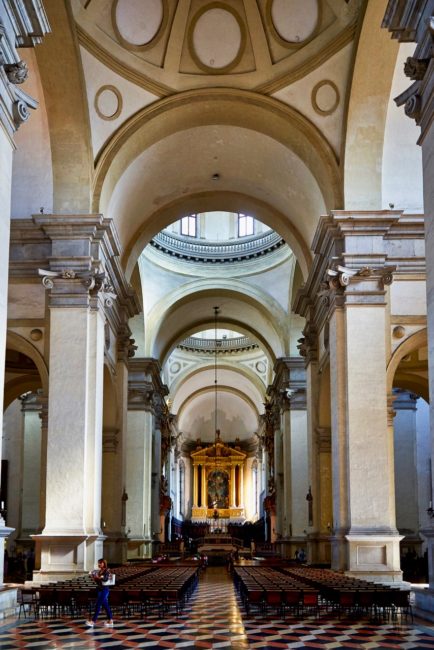
The Cappella della Pietà contains the work of Filippo Parodfi in 1689. “The artist took charge of the architectural, decorative and sculptural design including the ceiling, adorned by an angelic stucco crown. In the center is the Pietà, surrounded by two statues of Mary Magdalene and John the Apostle.”
The High Altar is crafted with “fine inlays of marble on which are placed pieces of mother-of-pearl, coral, lapis lazuli, carnelian, pearls and other precious materials. The delicate work was carried out between 1637 and 1643 by Pietro Paolo Corbarelli designed by Giovan Battista Nigetti, brother of the famous Matteo Nigetti. On 7 October 1627, with great pomp, the body of Saint Justine was placed under the altar. The painting of the altarpiece The martyrdom of Saint Justine by Paolo Veronese oil on canvas from 1576.”
This altar houses the tomb containing the remains of the second bishop of Padua, Saint Maximus.
La cappella del Santissimo Sacramento is “dedicated to the Blessed Sacrament. The chapel contained the relics of the Innocent Saints. The ceiling is decorated with frescoes depicting angels and apostles worshiping the Blessed Sacrament.”
Cappella di San Lucca contains the relics of St. Luke The Evangelist.
Finally we saw the Chapel for Pope Gregory I. He is somewhere in the painting.
By now, the kids were pooped, and we joined Tracy.
We caught a quick taxi back to the train station and could have caught an earlier train, but an unsmiling official told us we had the wrong type of tickets to take a train earlier than our allotted time (foreshadowing alert).
We arrived in Bologna a little before 6, and Tracy said she would be unable to join us for dinner. She went to bed right away and slept for 14 hours. Our dinner reservations that evening were not until 8:30 at a restaurant housed in what was once a drug store. And oh what a crazy. fun and delicious dinner it turned out to be.
Rocco told me Drogheria Della Rosa was his favorite restaurant in Bologna, and he had made reservations for us at the beginning of September, weeks before we arrived. And reservations were needed … both the inside and outside patio was packed on this Saturday night.
Owner Emanuele Addone is ever-present, and he seated us at our outdoor table. We had been told in advance that it might be a little unusual to dine here, and that is correct.
Kim, Mary and I were served an amuse bouche paired with a glass of white wine. Shortly thereafter, the owner came over to our table and recited what was being served on this night. No menu. Due to the fact our “scribe” was down for the evening, we have no written notes of what we actually ate on this evening. Rumor has it that copious amounts of wine consumption might have been a culprit. We do have a few photos of our dinners, however, to prove we were there.
Emanuele ordered for Mary, who had asked him to select her meal, while Kim and I ordered our own. The owner left, but not for for long. He returned with a bottle of red wine, which he poured for us, but instead of leaving he plopped down in the empty chair and started talking with us. Addone has worked in London, Paris and Rome, and the man knows the restaurant ropes. Some of Drogheria Della Rosa’s more recognizable diners (even more so than us) have included Arnold Schwarzenegger, Danny de Vito (we should have taken a Taxi here) and Francis Ford Coppola.
While he was inquiring in a soft voice about Kim and Mary’s kids, suddenly he jumped up from his chair and talked (ok, he might have yelled) quite loudly to one of the waiters, with whom he seemed displeased. Just as quickly, he sat back down and started talking with us in a soft, friendly voice. He poured another glass of wine for us, and then left the table … with the wine. You had to be here.
After our appetizer, as we were chatting, the owner was back with a different bottle of wine, pouring each of us another glass, and once again sitting down to chat. During our nearly two hours dining, he sat with us for about half the time. It was an experience certainly none of us would forget.
Oh yeah … the bill? I had read online that this was an expensive restaurant. We had never seen a menu, so we had no idea what the meal would cost. We each had an appetizer and main course, plus by the end of the evening an uncountable amount of excellent wine. “Well, I hope it’s under a couple hundred euros,” I said.
To say we were flabbergasted when we got the bill would be an understatement. A night of delectable food, incredible wine and sensational conversation cost all of €40 apiece. Incredible, and I don’t know where those reviewers could have a meal, terrific wine and an experience for less than this.
We walked back through another of Bologna’s stupendous porticos …
… until I was taken aback by the sign on a building. I turned to Kim and said, “Would you believe?” I was about to call Maxwell Smart and Agent 99 when I saw this sign for KAOS. Instead of it being an evil international organization, I think this KAOS was a clothing store.
The three of us got to bed late, with the only sound in the apartment a slightly snoring Tracy.
Tomorrow we’d contemplate walking through miles of porticos to see a religious site high on a hill overlooking Bologna. After lunch (at a place that had been highly recommended) we’d walk around Bologna and finally ride up an elevator that seemed not to be in the greatest working condition. Fortunately the views were worth the death-defying trip.
For dinner, we’d decide to do something a little different … and it worked out perfectly.
CHAPTER EIGHT: THE FOOLS ON THE HILL
Next: This Ain’t Your NYC Eataly, Taxi Time, A Mass Of People, Tell Me If You Like The View, The Train Has Stopped Running, Da Nello, You Have One Hour, San Francesco Open Your Giant Doors, I Doubt OSHA Would Have Approved Of This, We’ve Got The Meat (And Cheese) and Dinner With A View

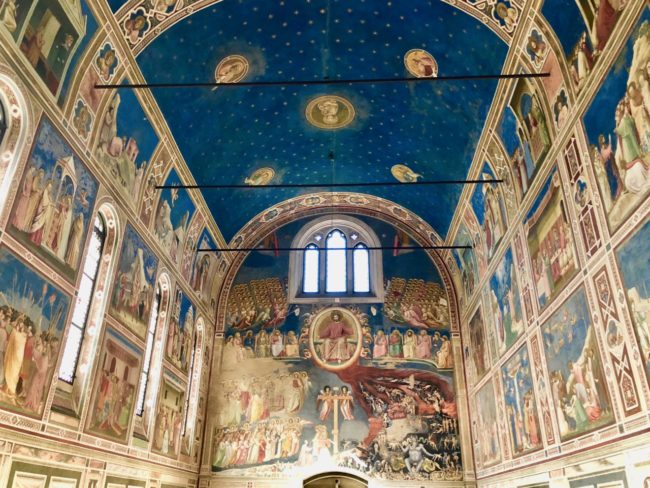
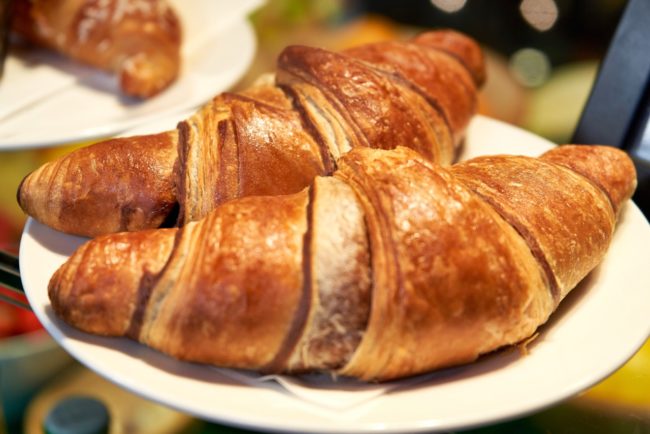
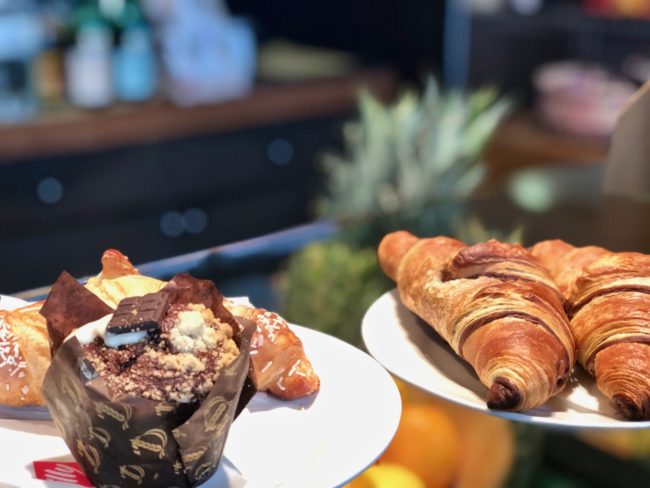
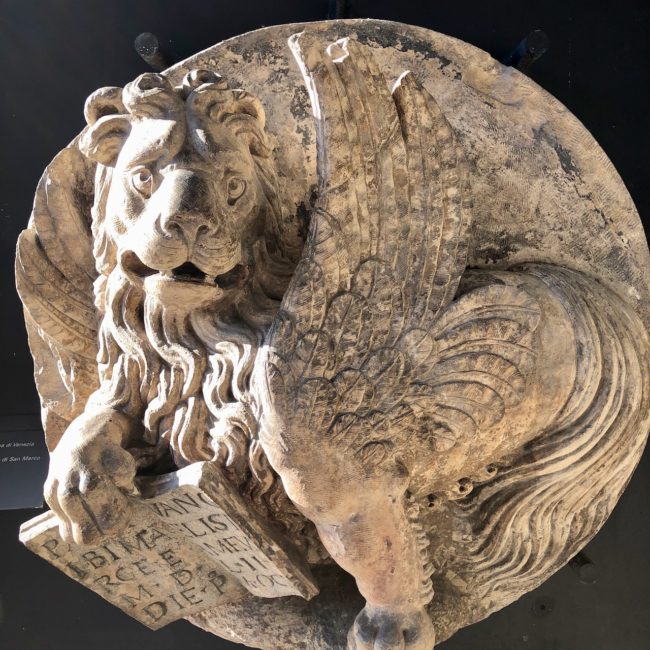
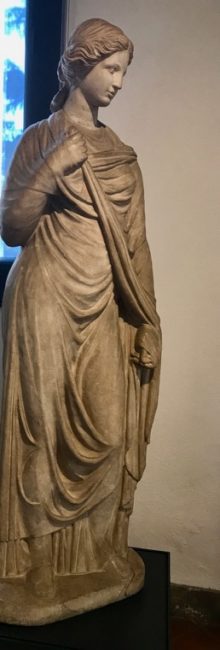
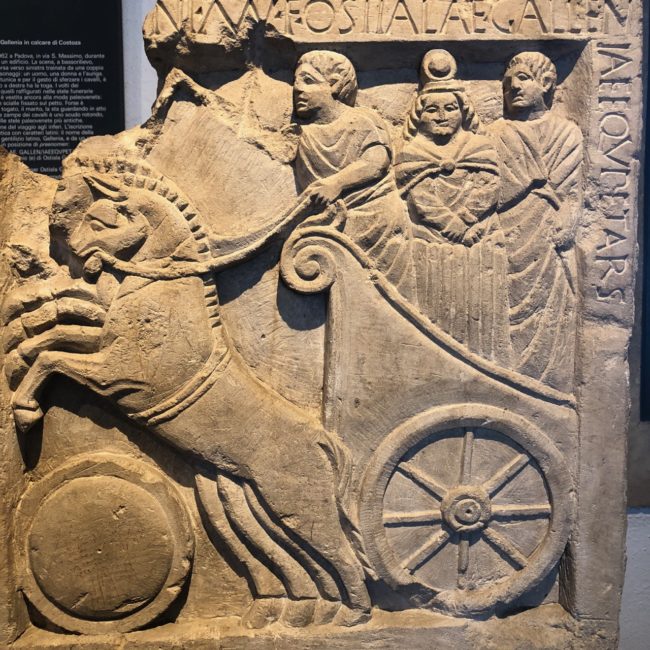
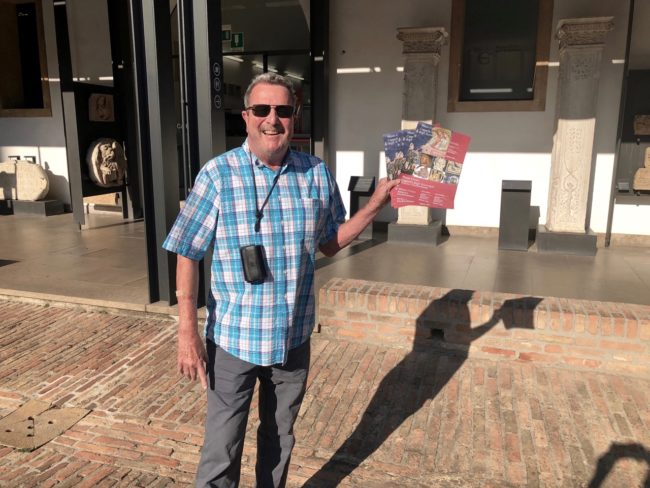
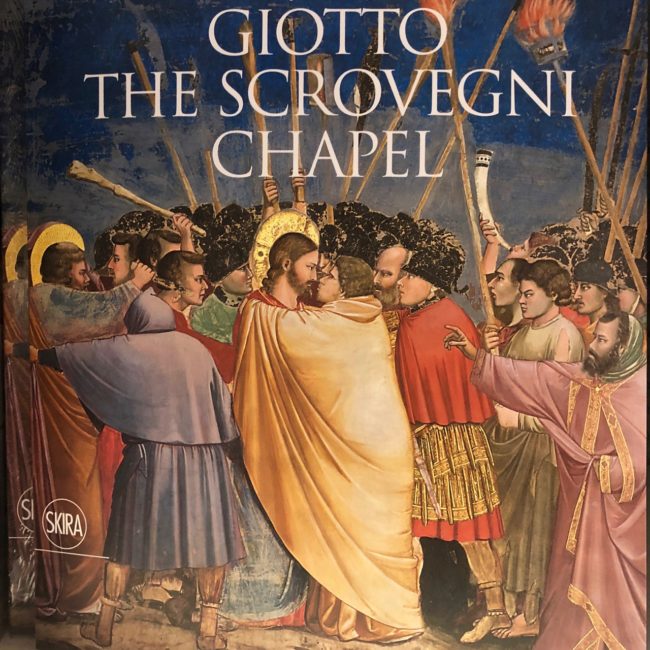
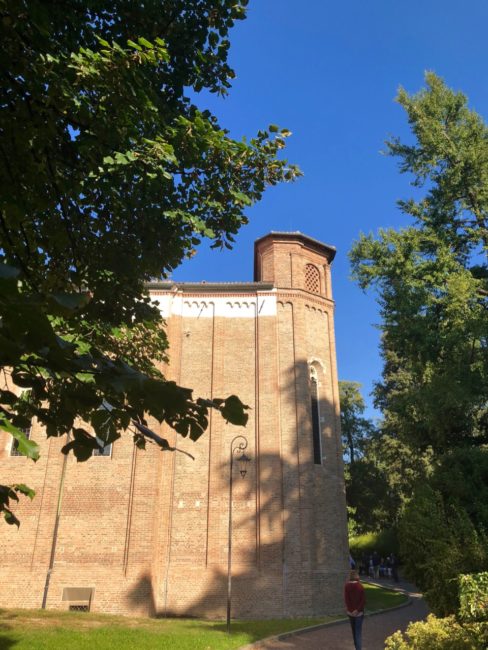 .
. 
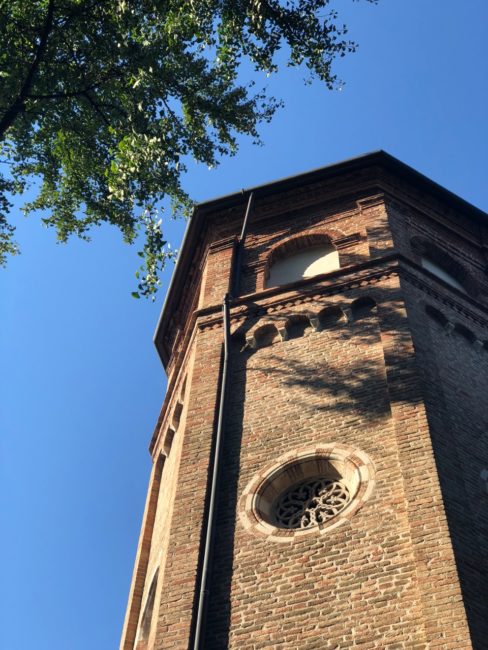
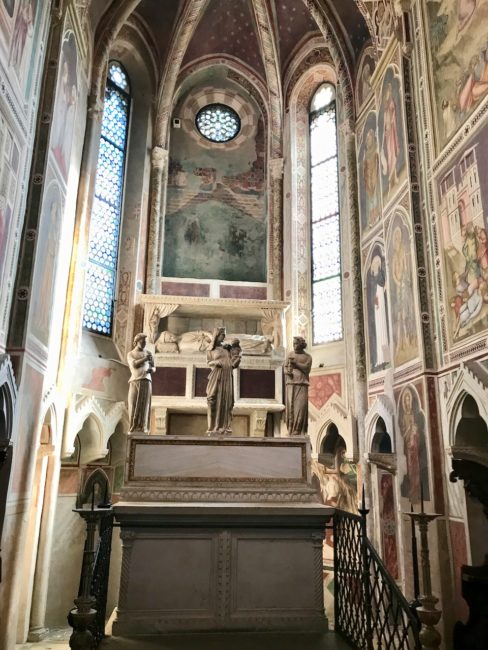 .
. 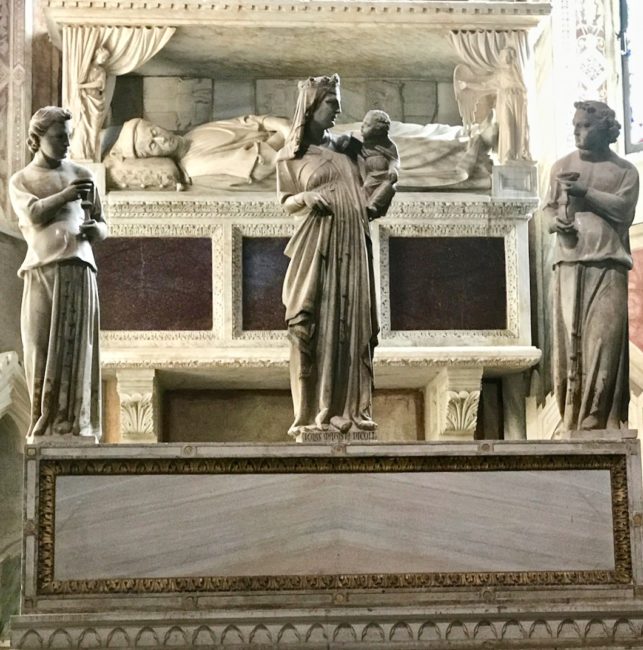
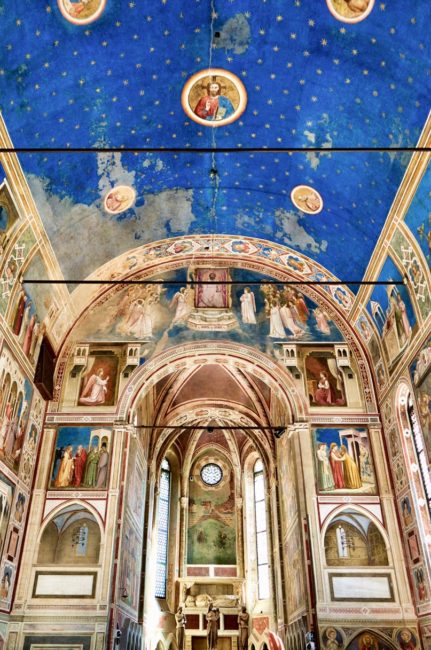
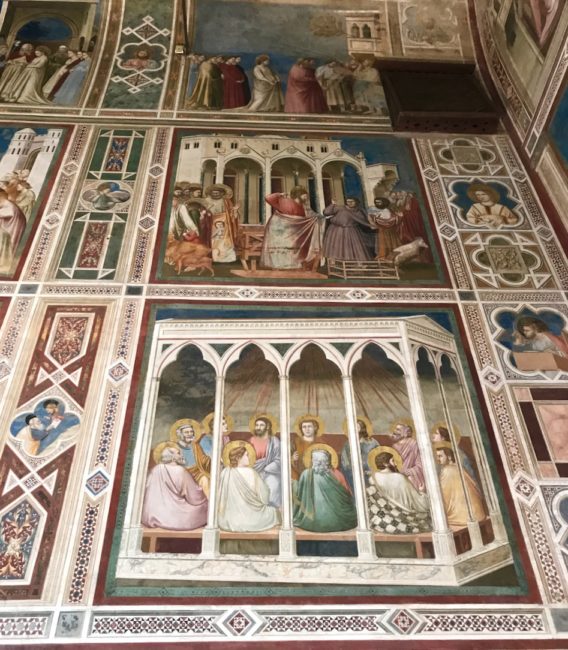
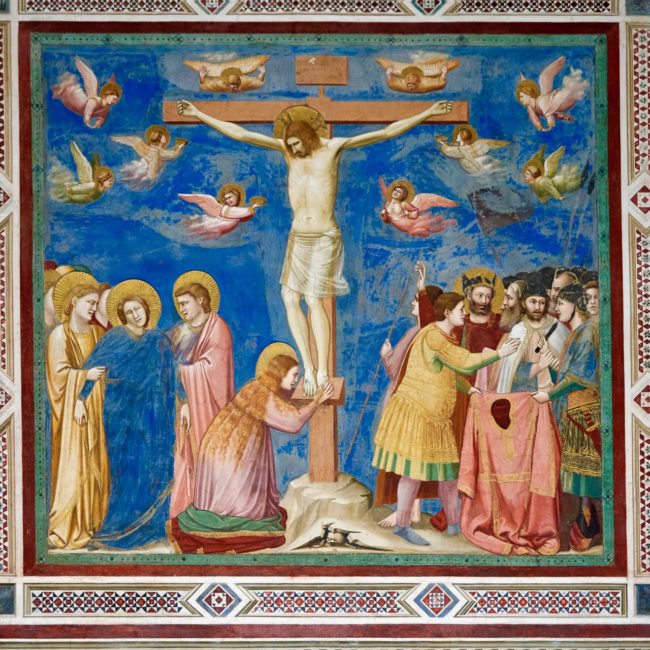 .
. 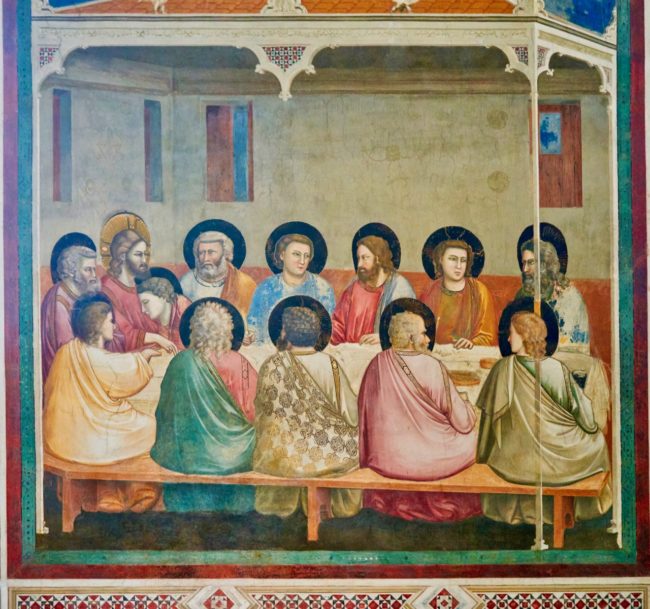
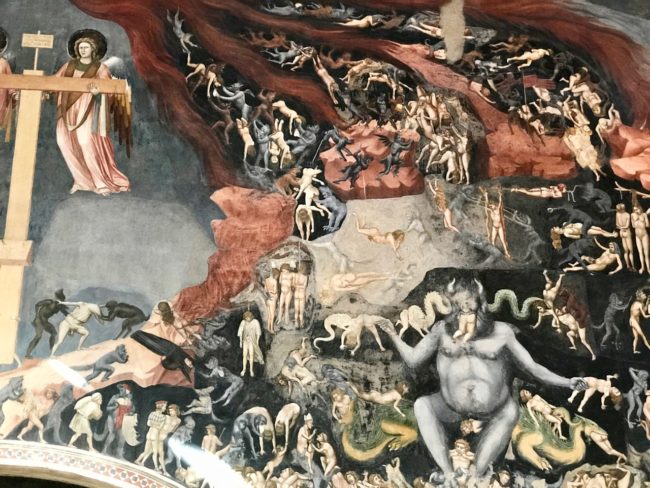
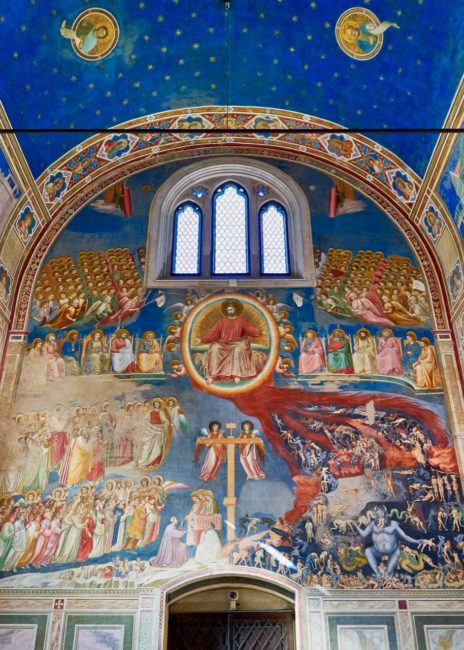
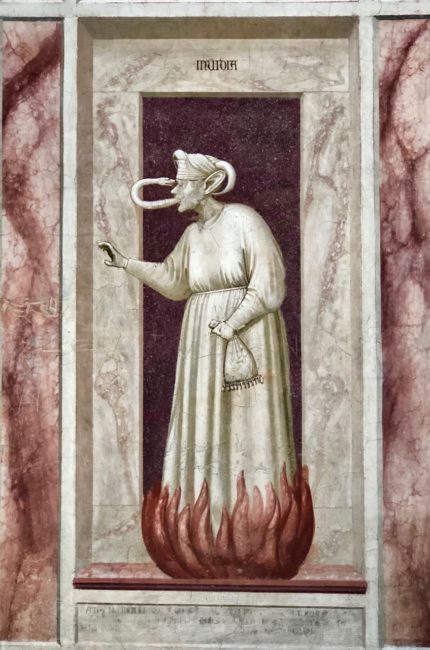
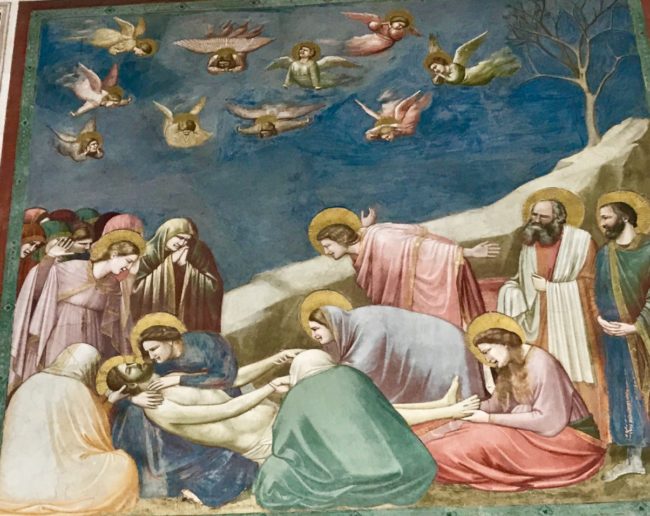 .
. 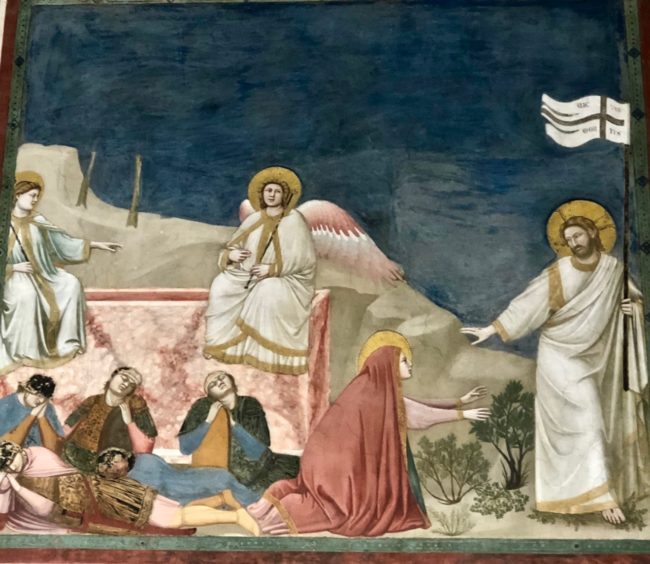


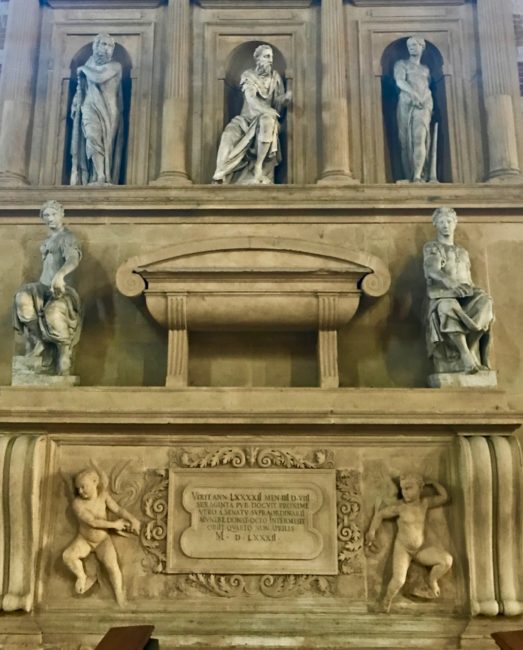
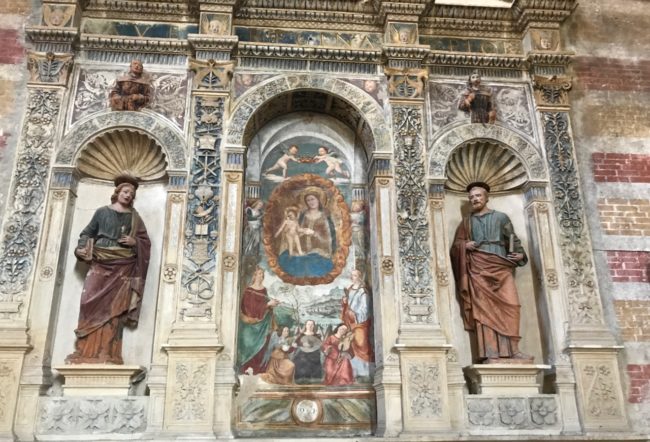 .
. 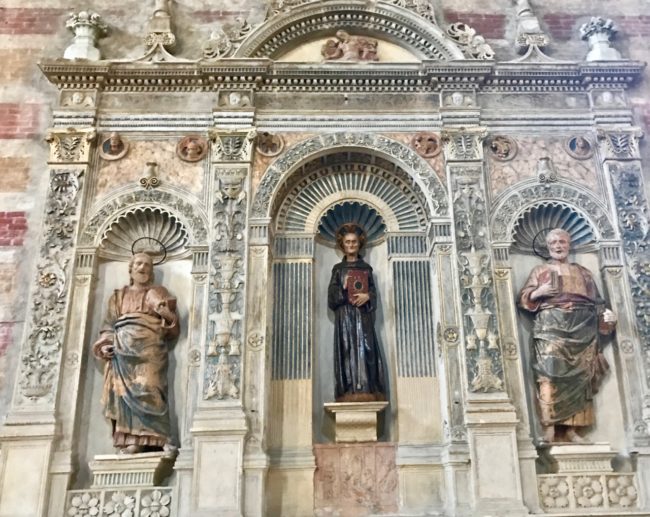
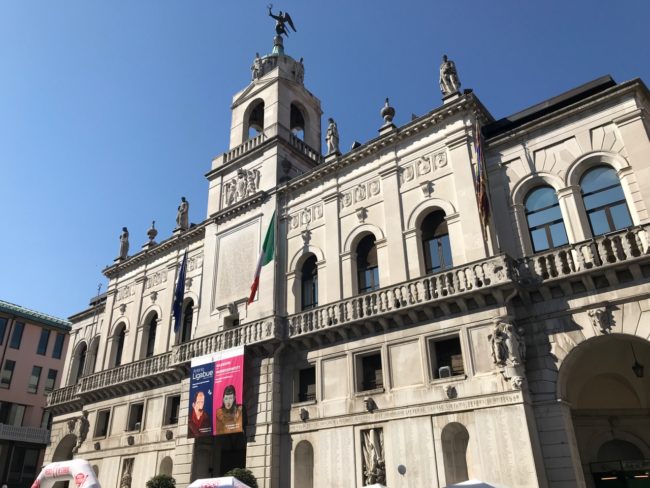
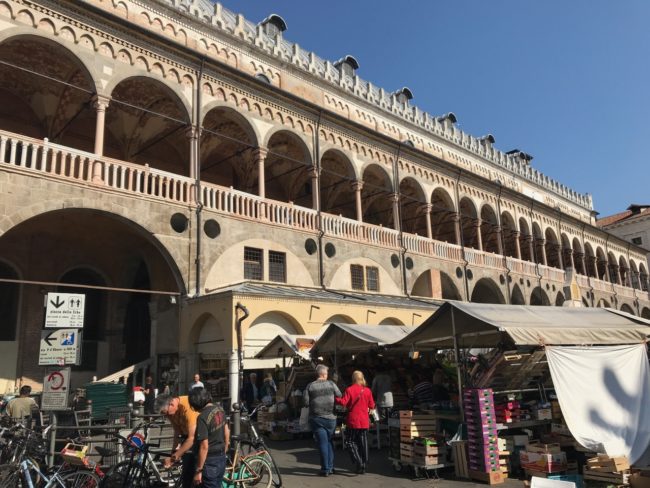
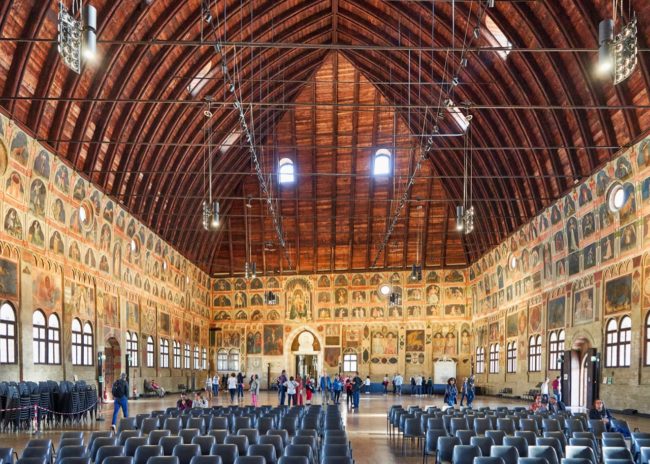
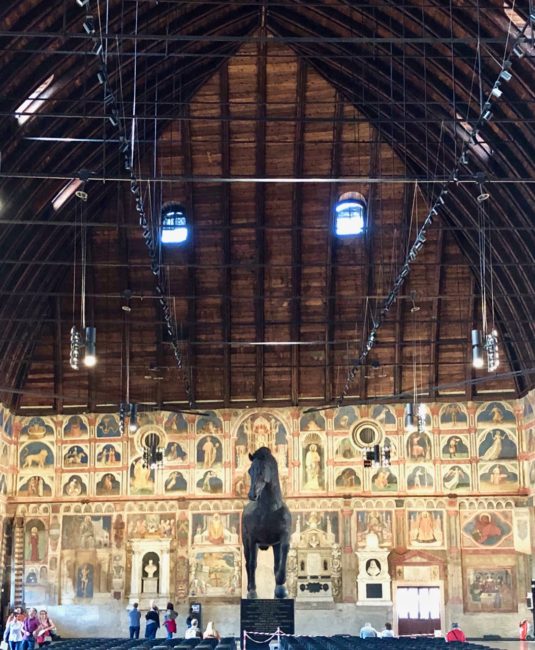
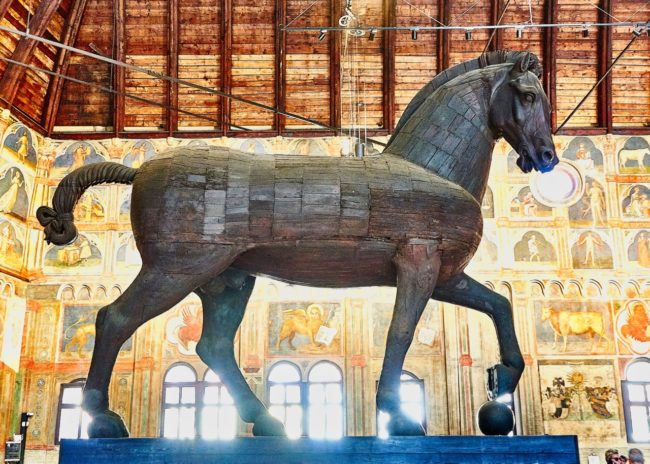
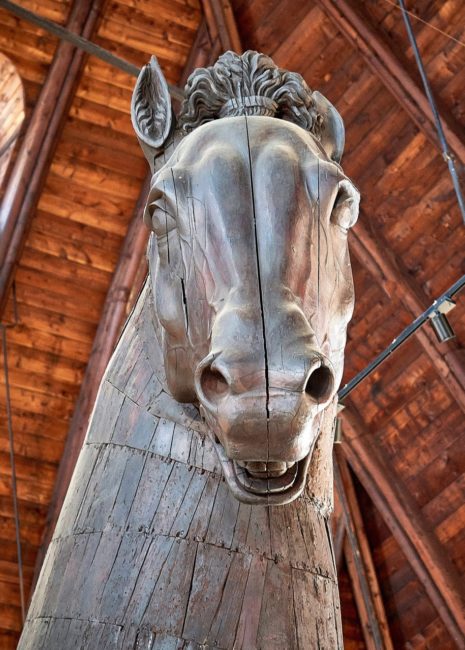
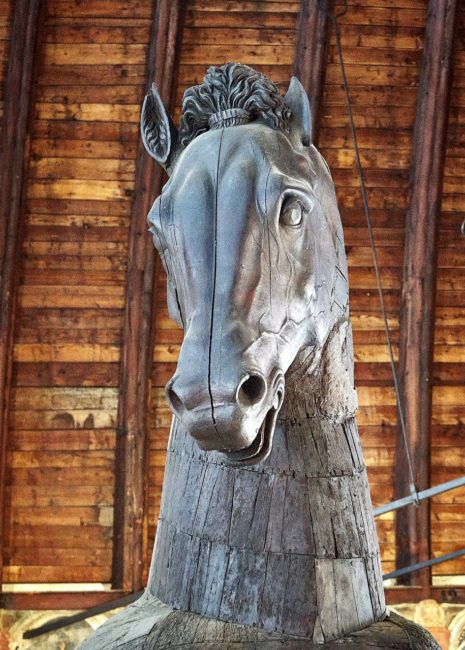
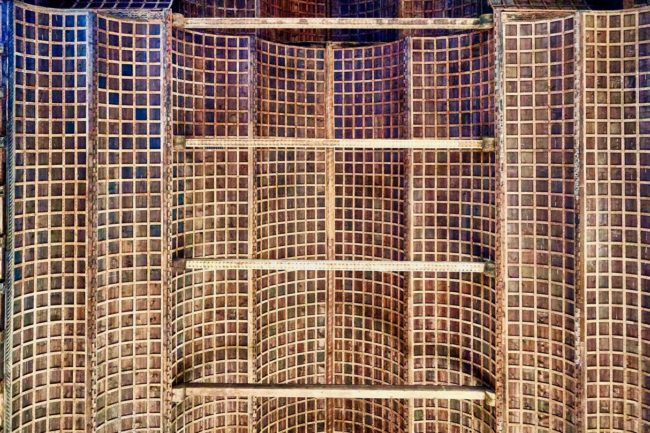
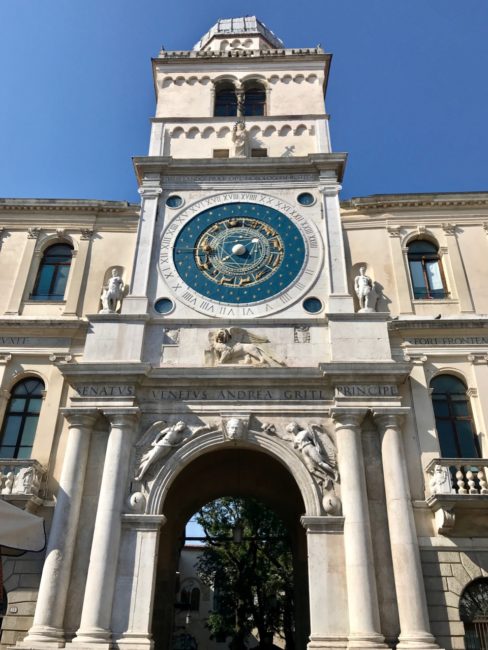 .
. 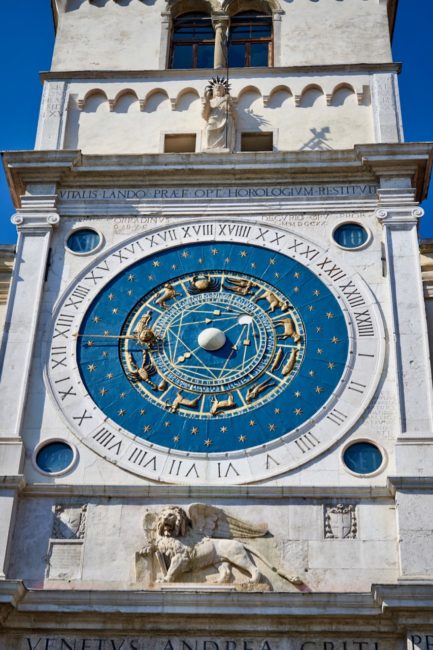
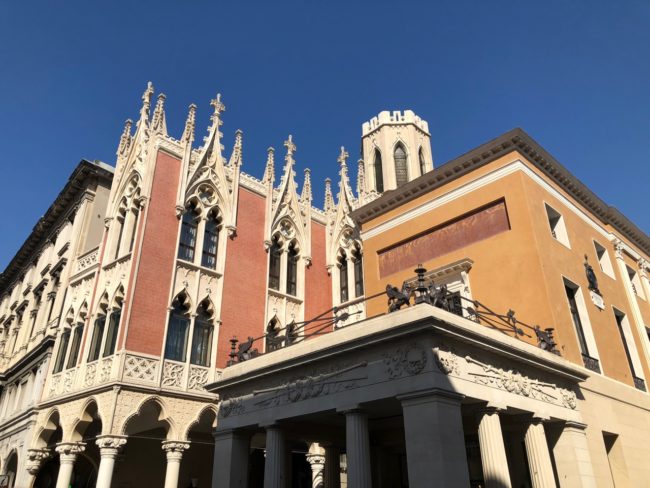
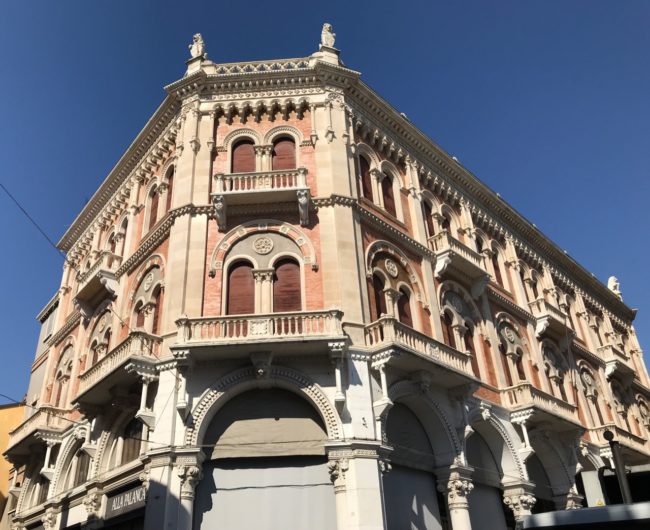
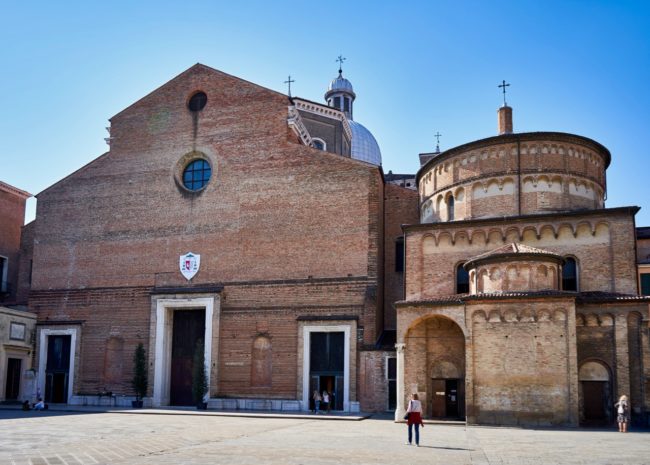
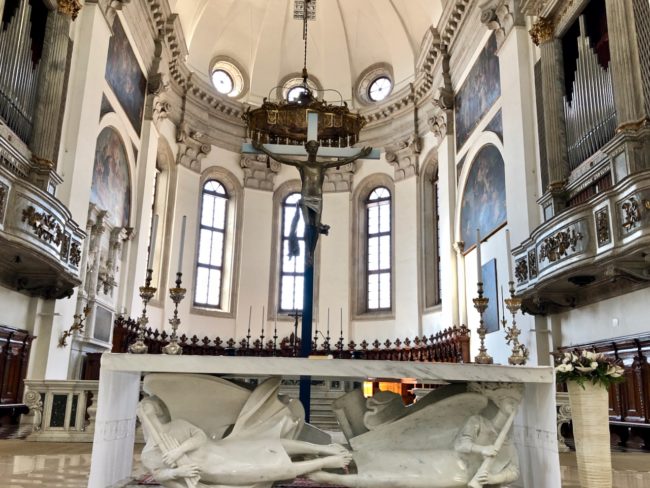

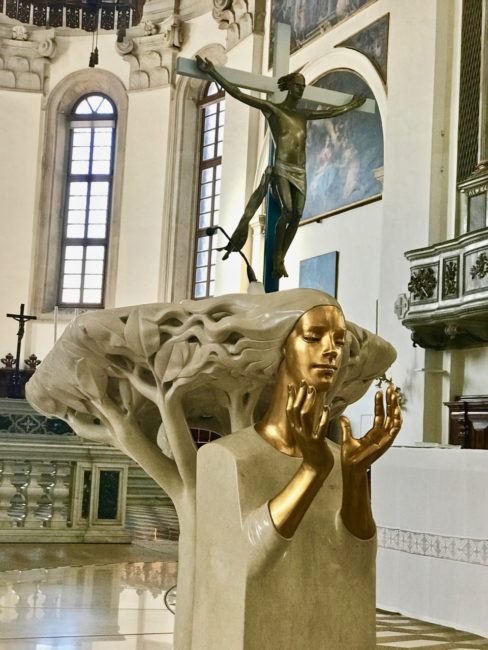
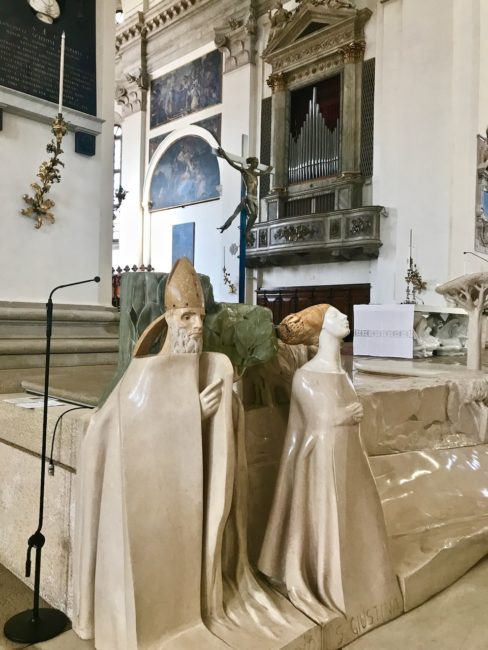
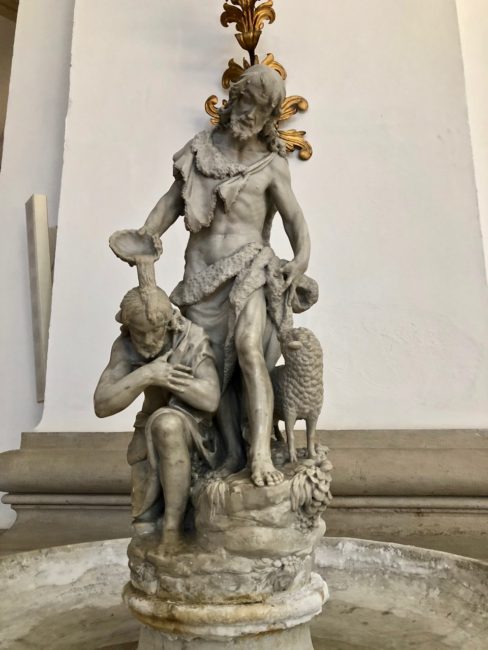
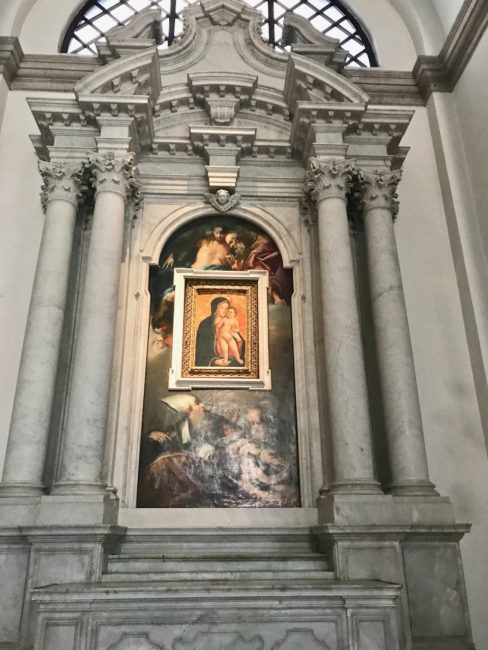
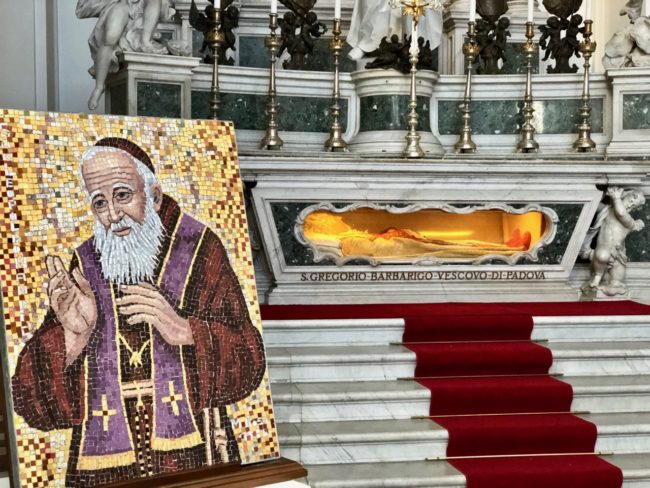
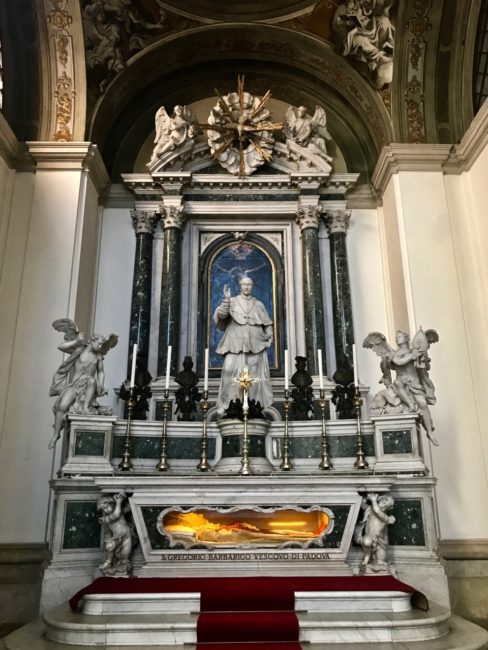
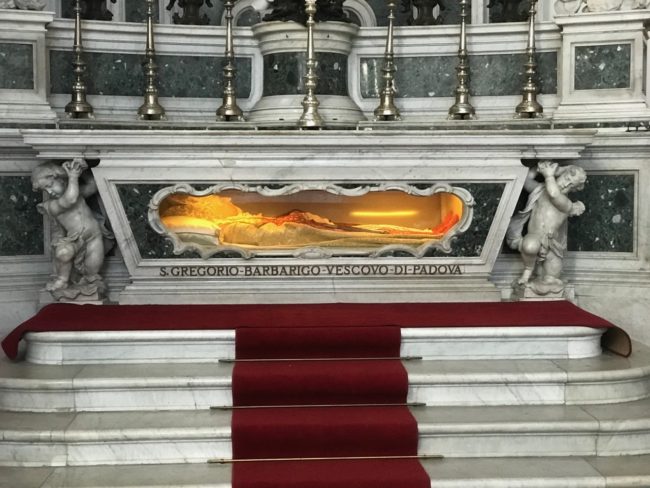
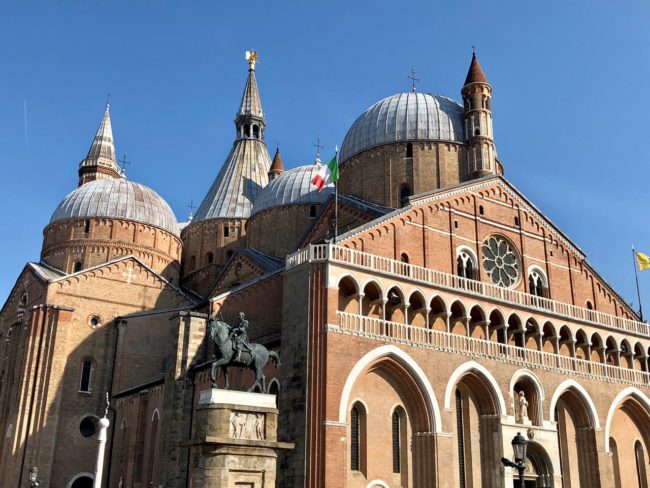
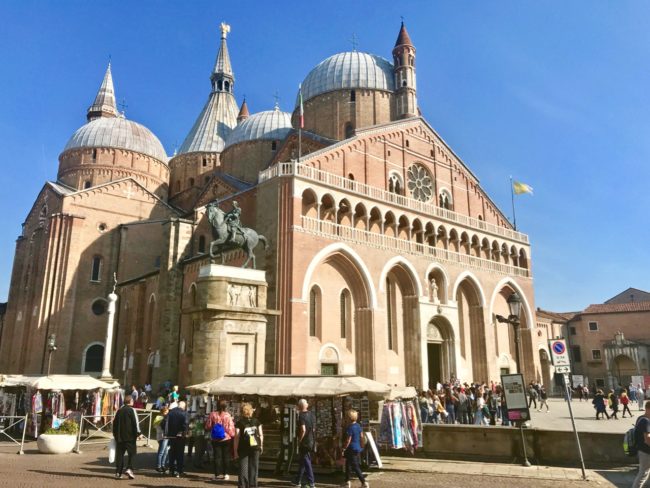
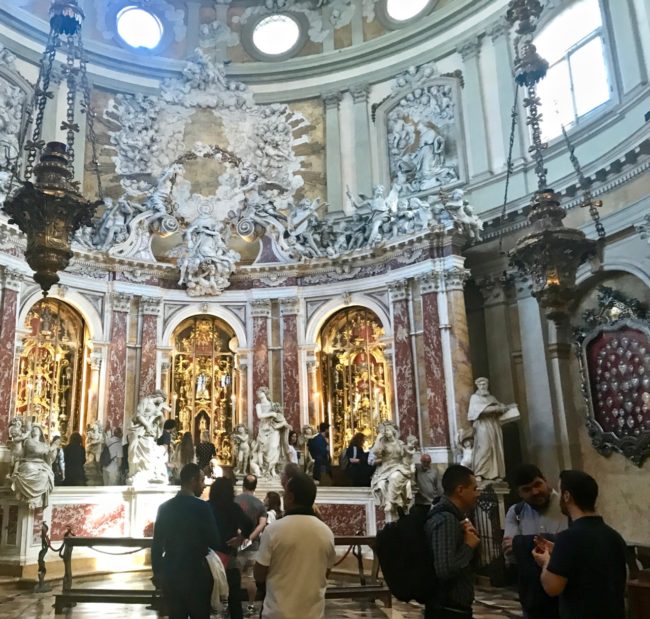
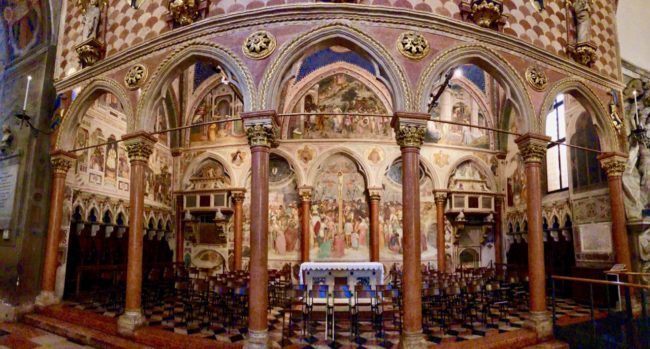 .
. 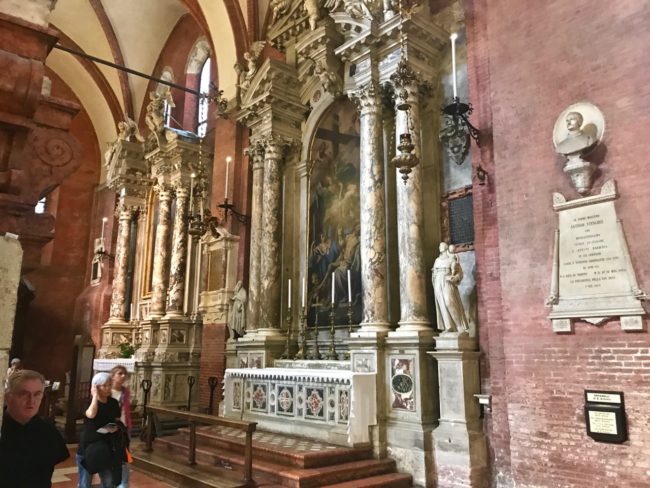
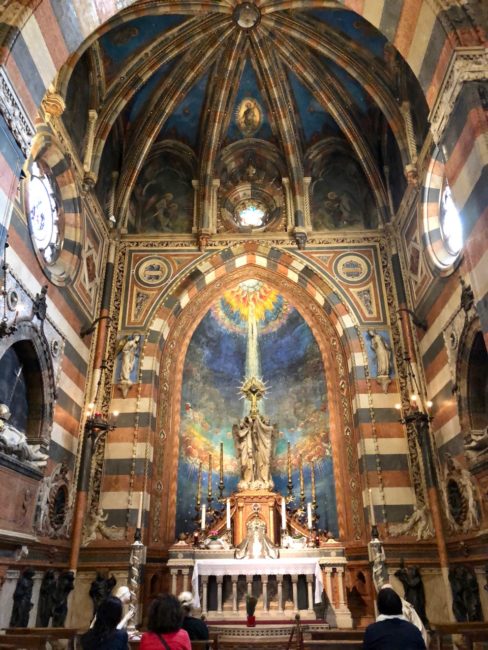
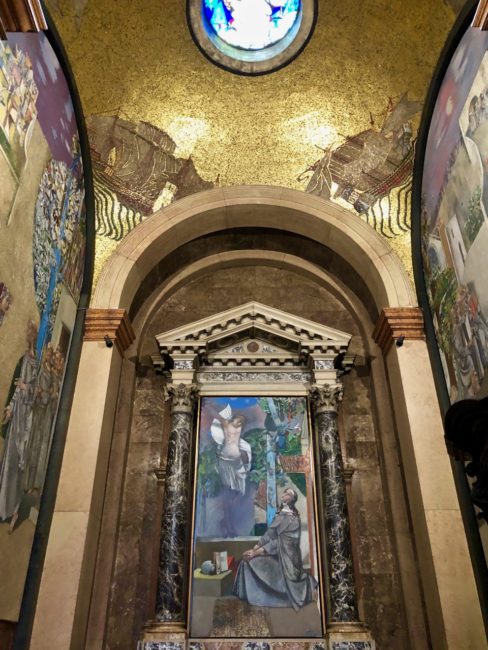
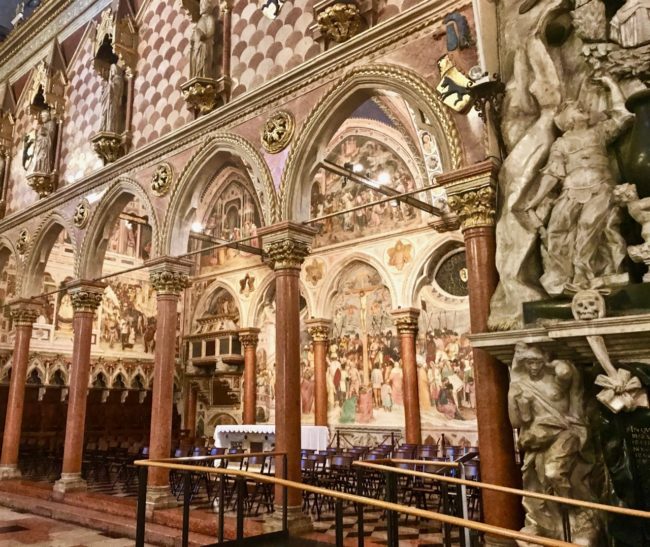

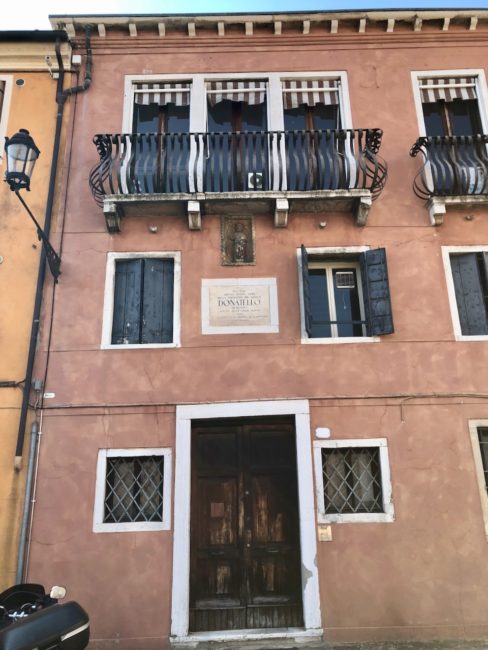
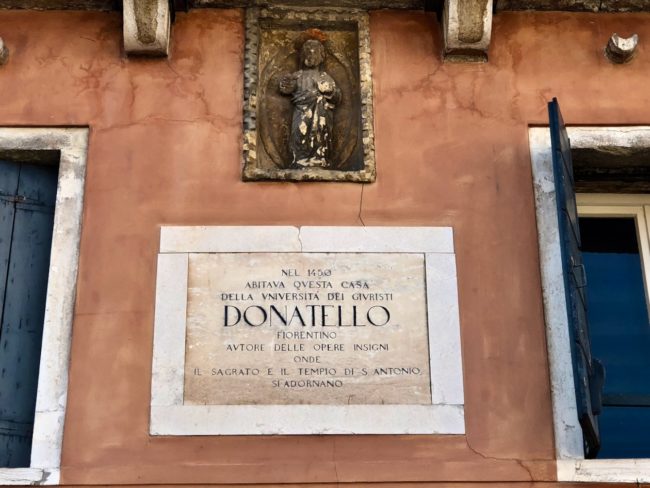
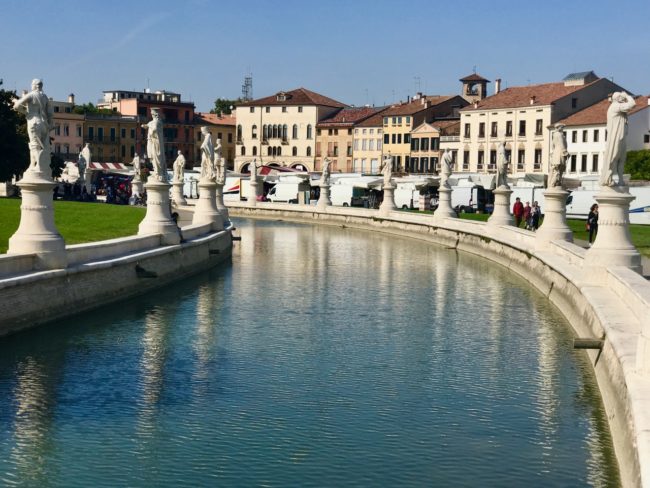
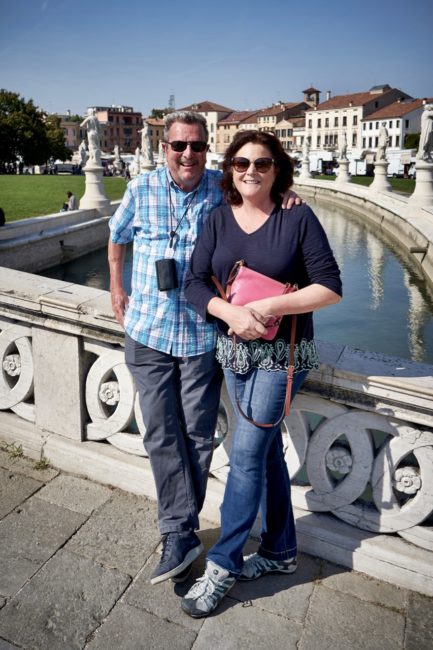
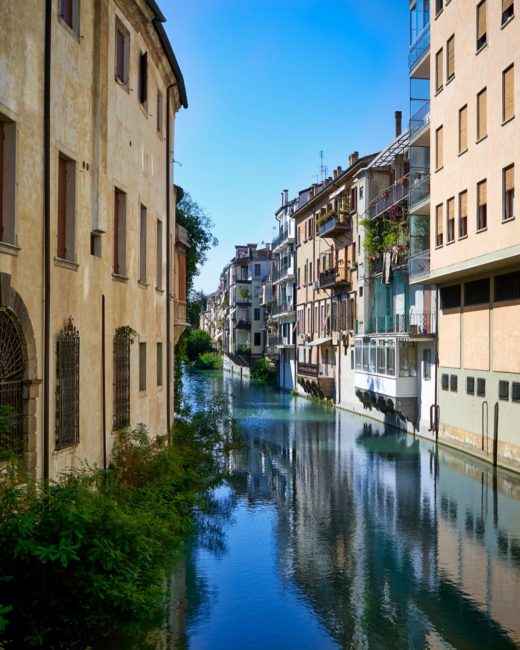
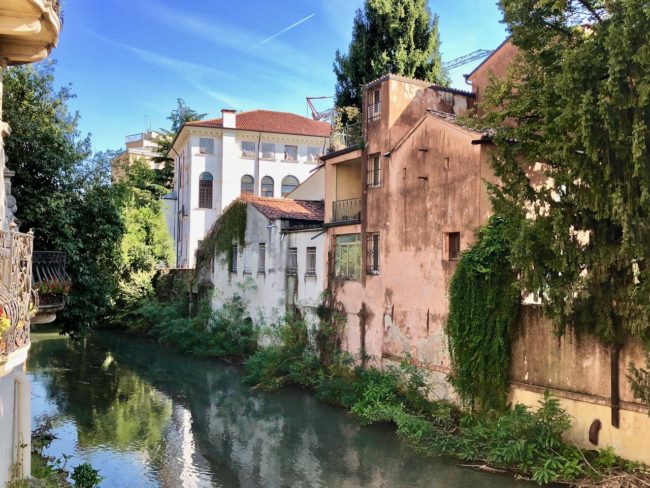
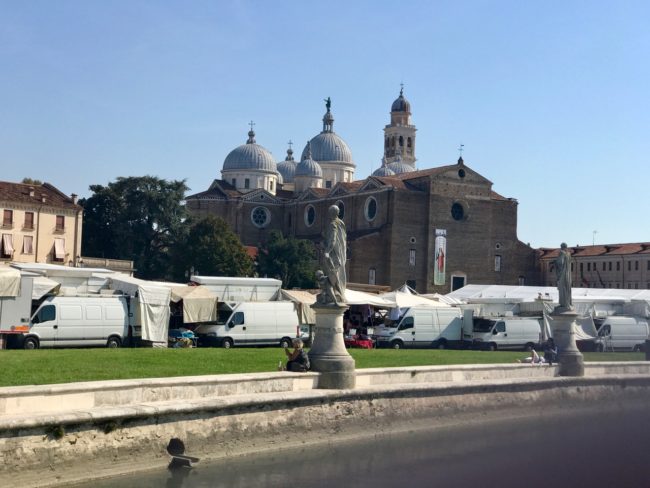
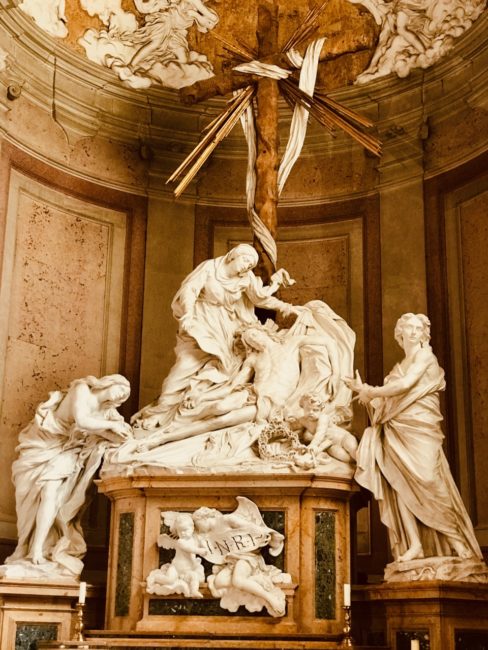
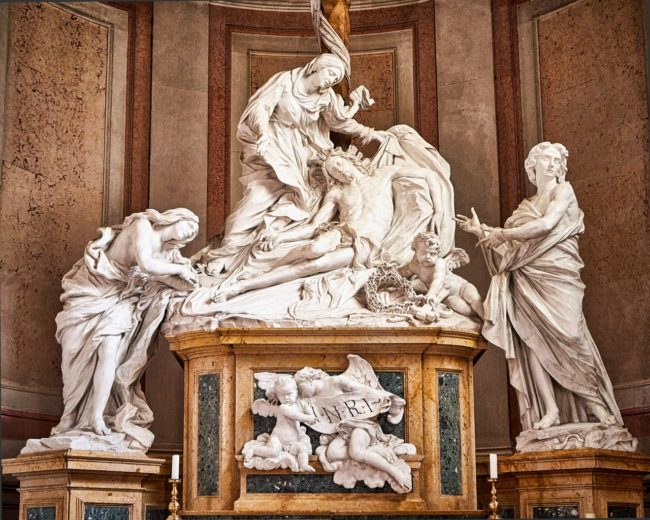
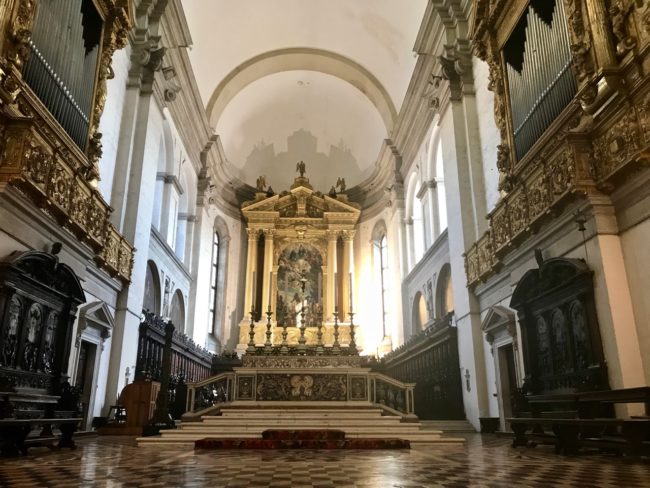
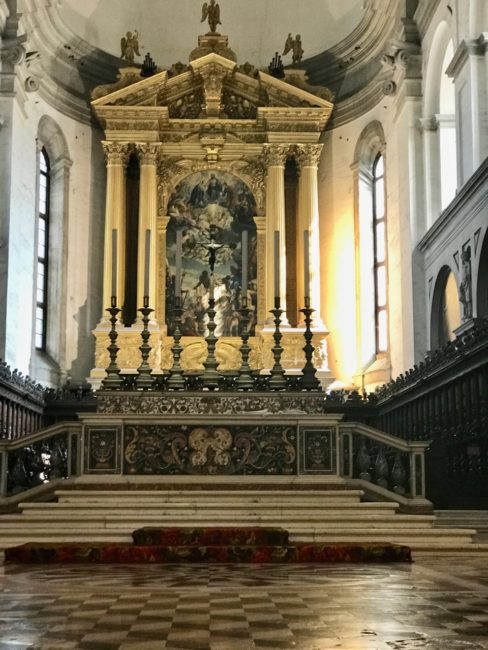
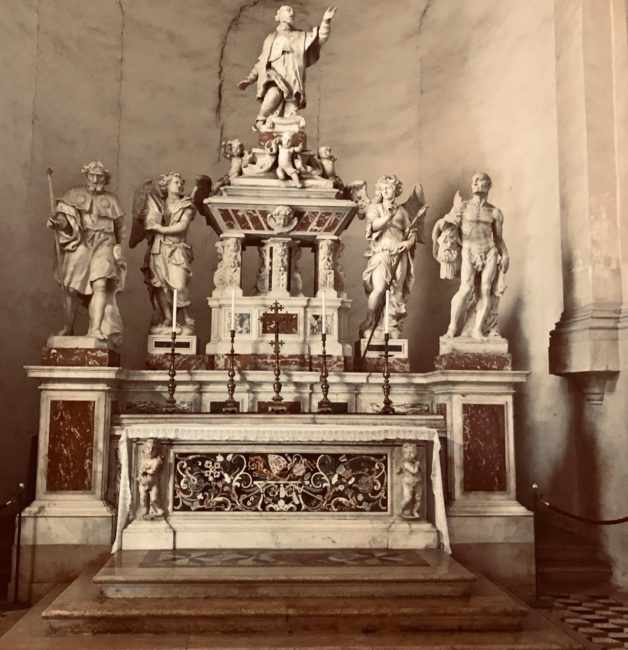
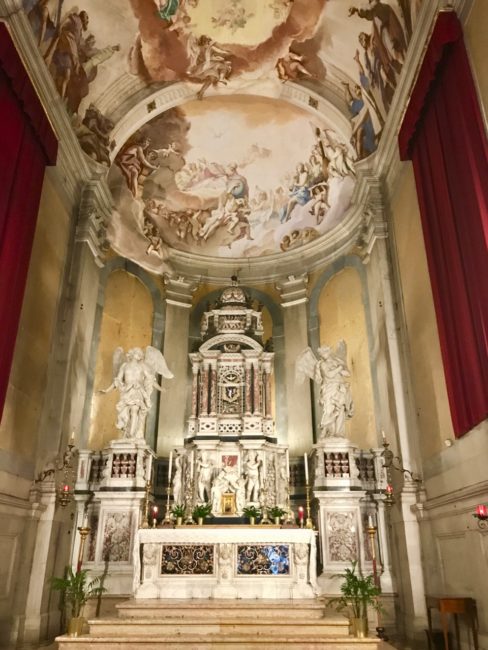
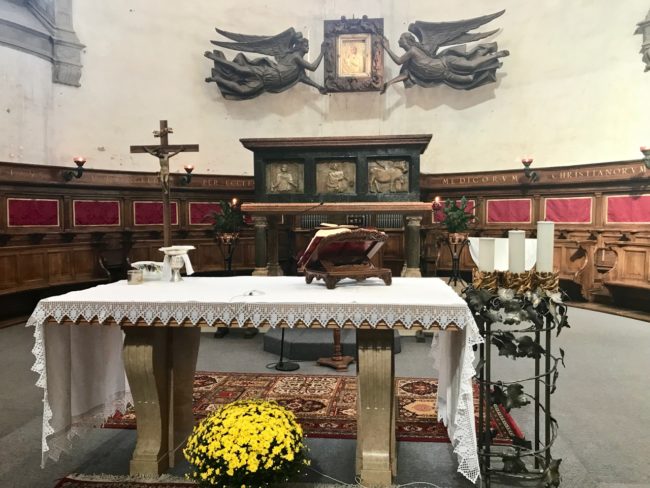
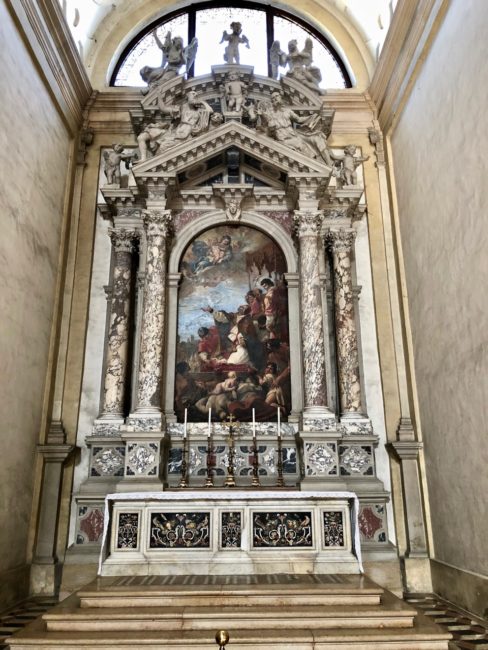
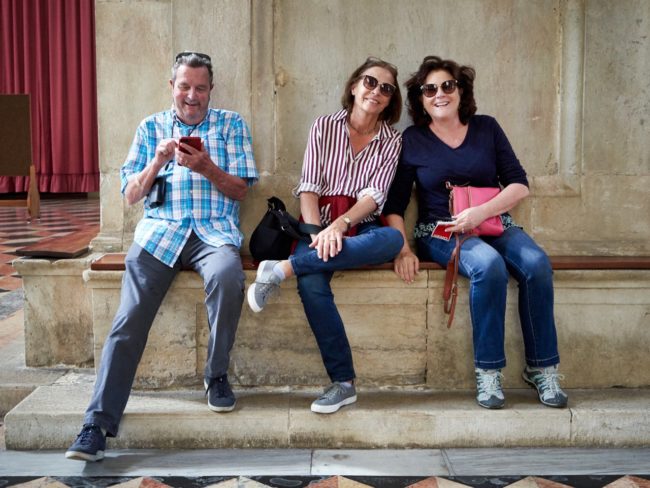
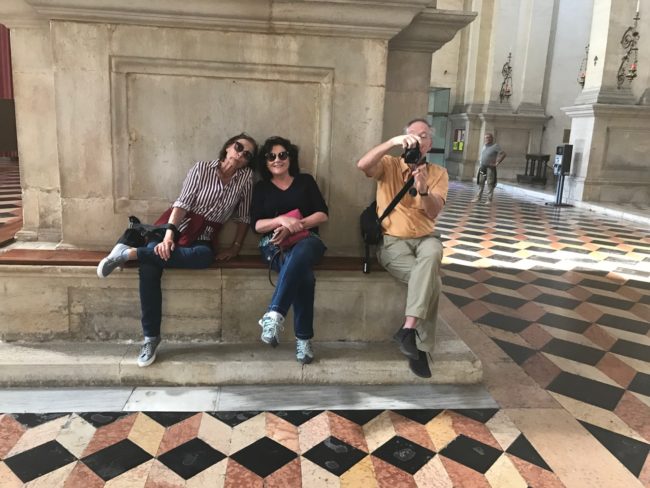
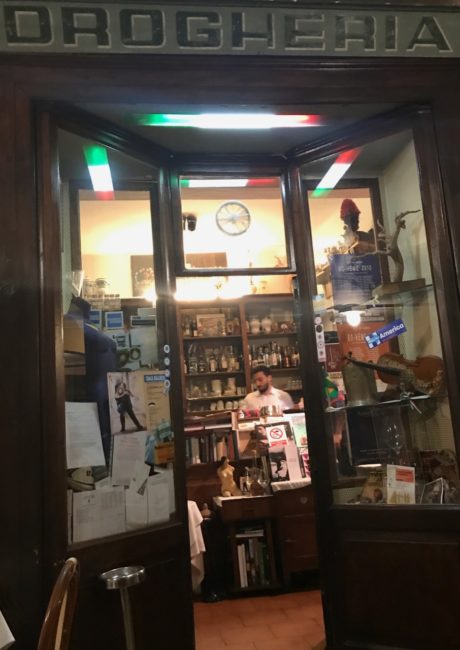
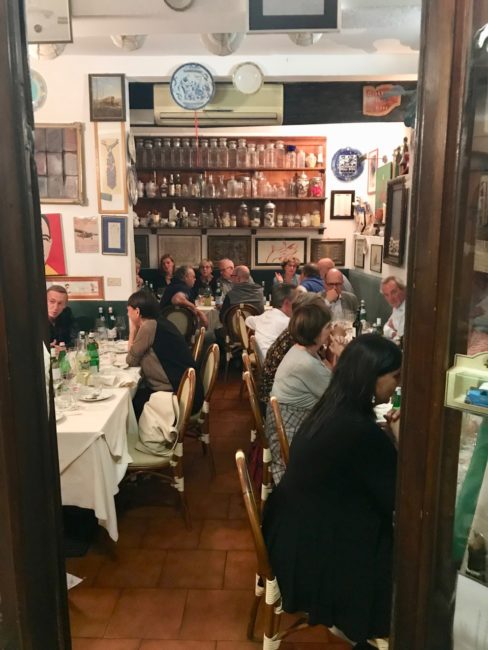 .
. 